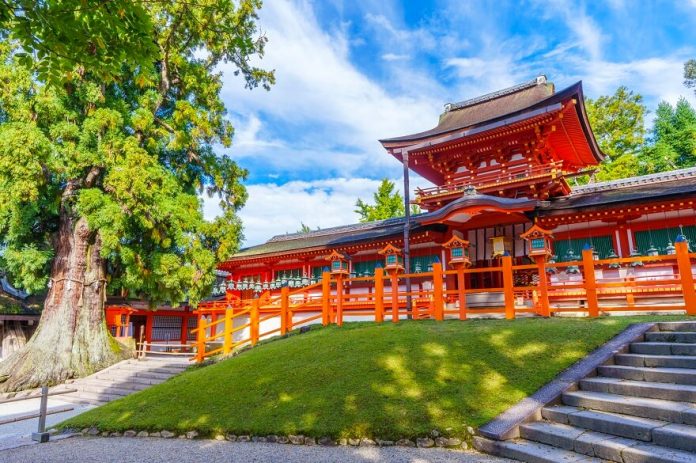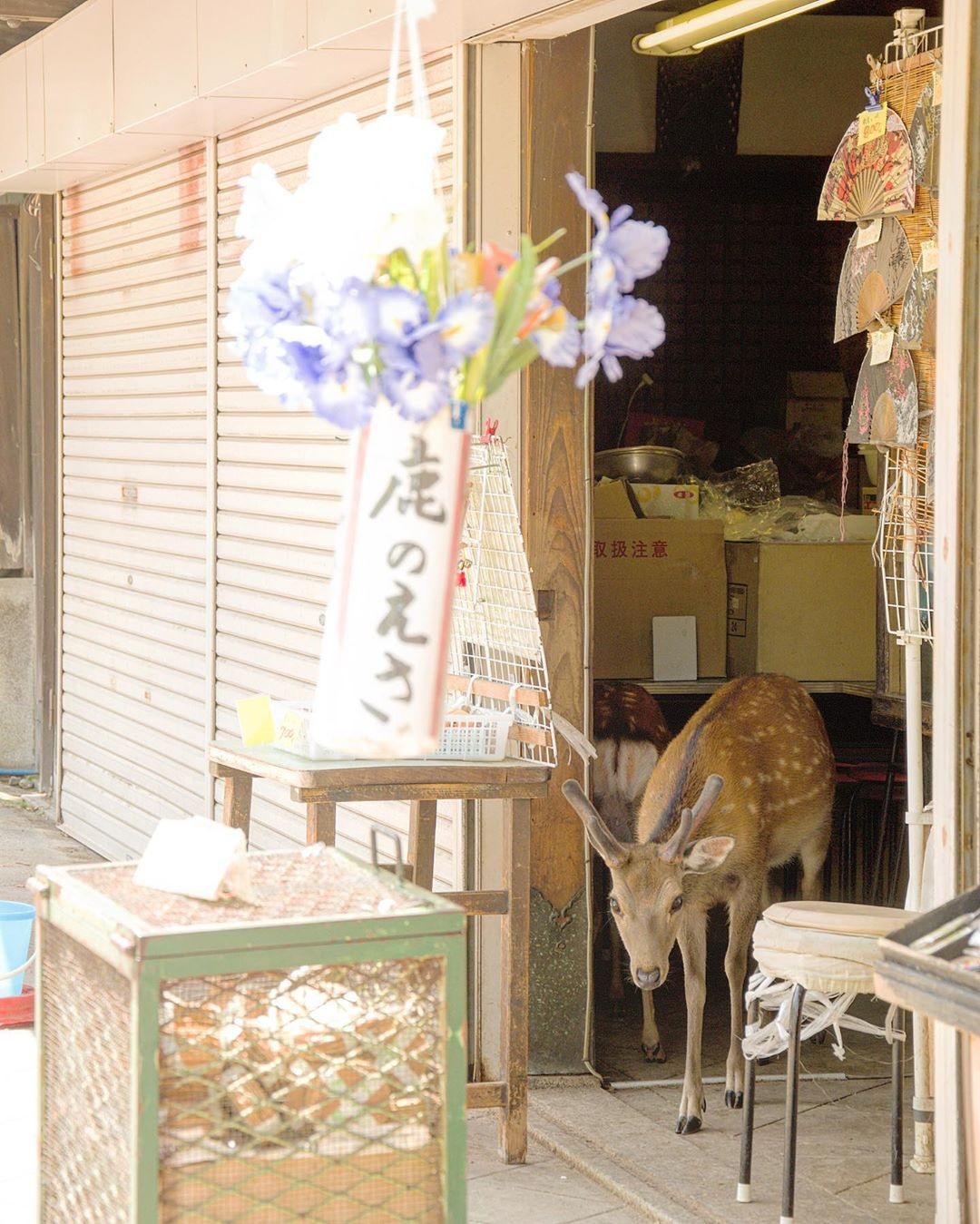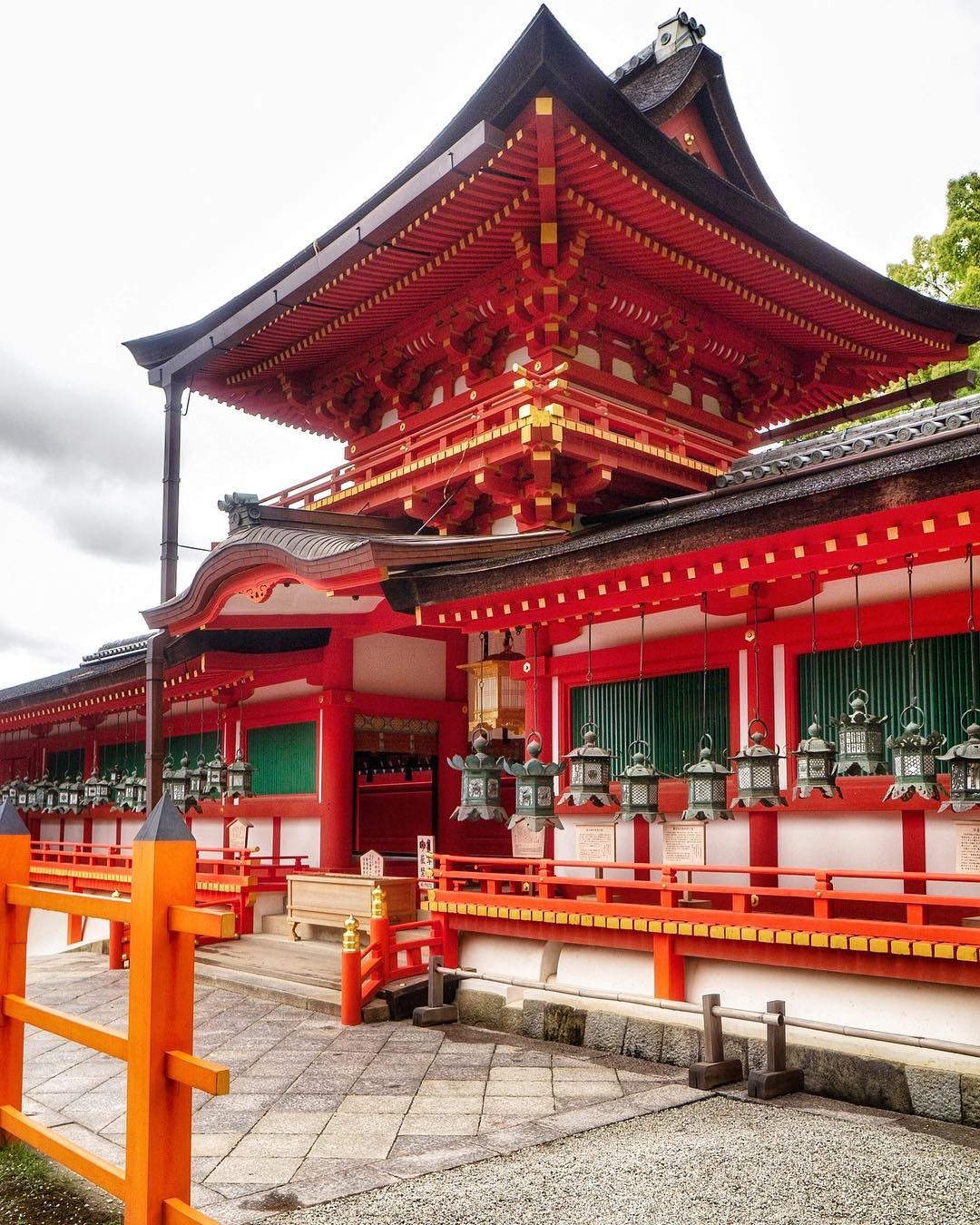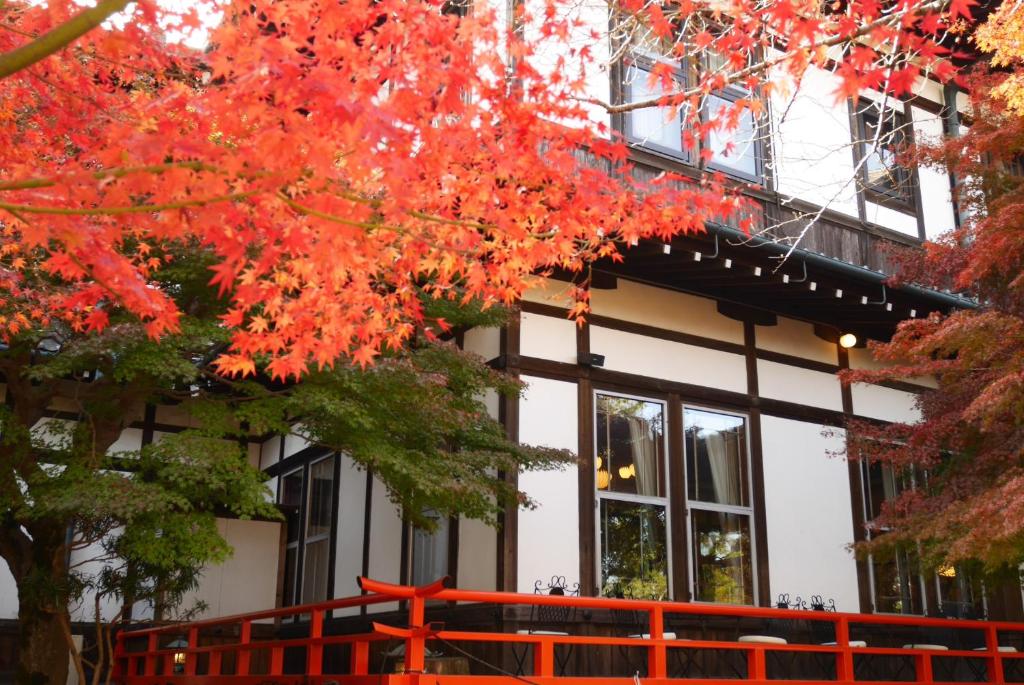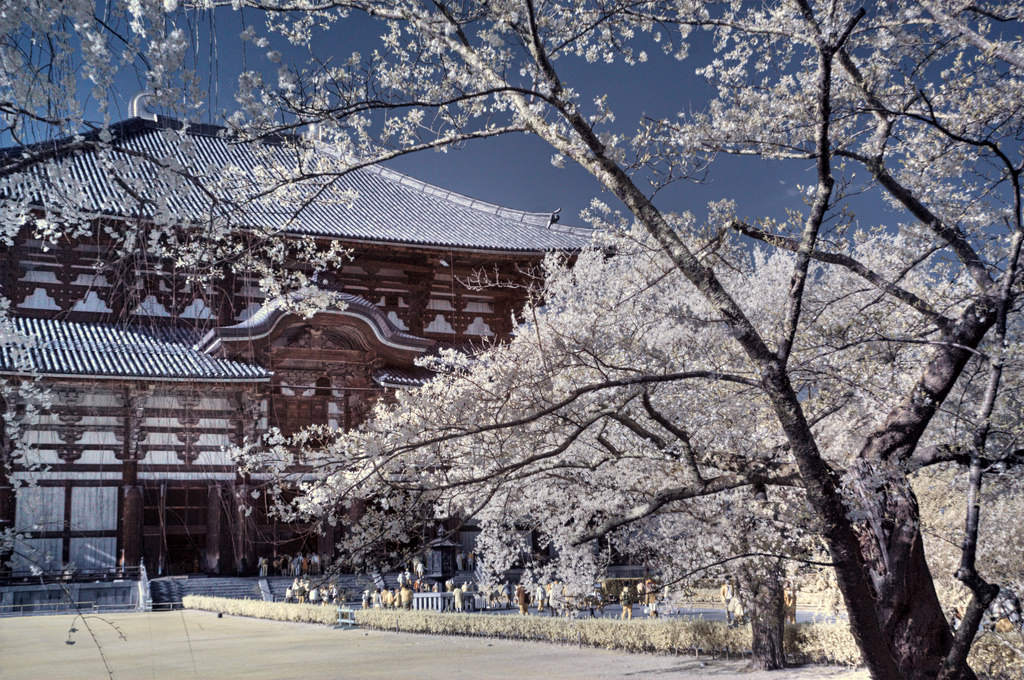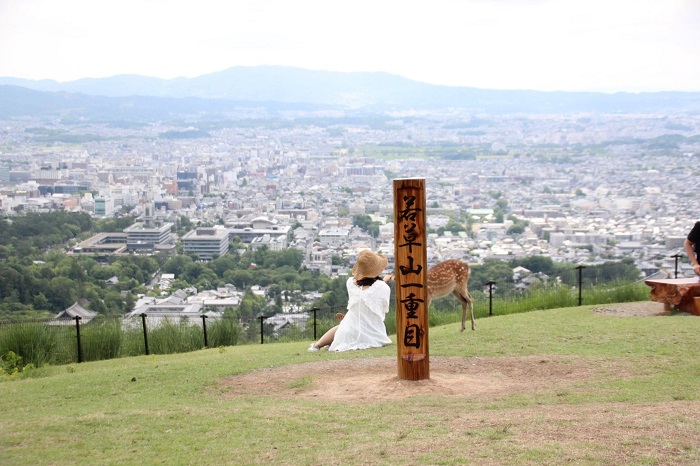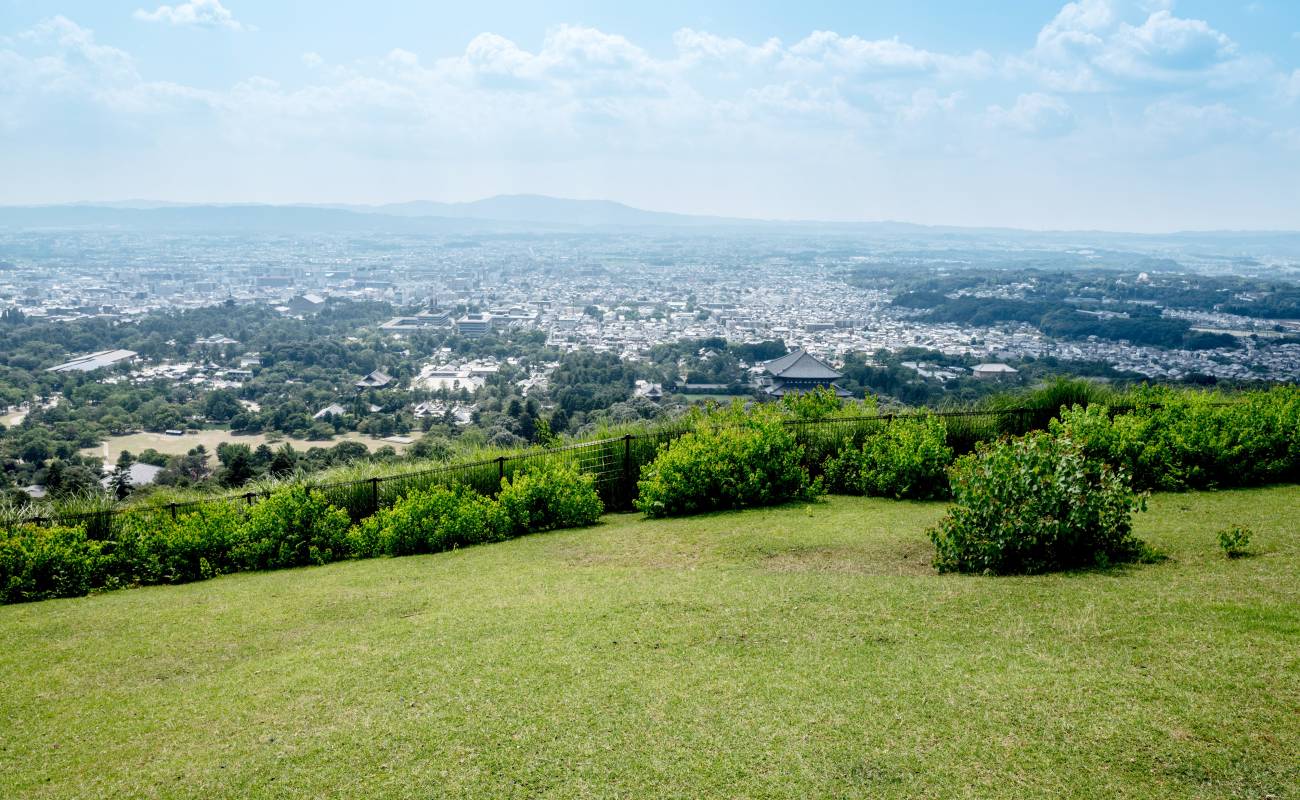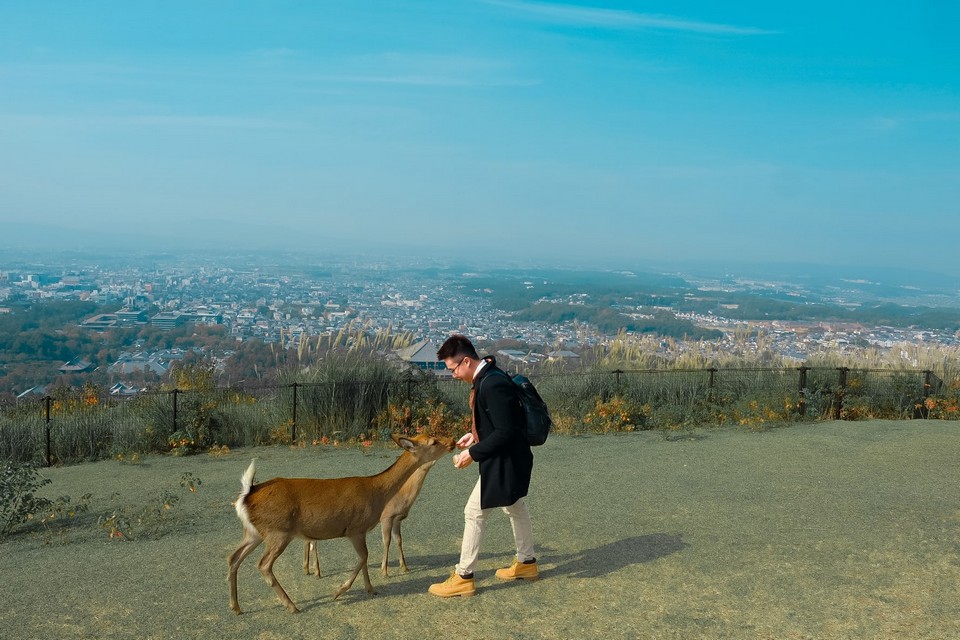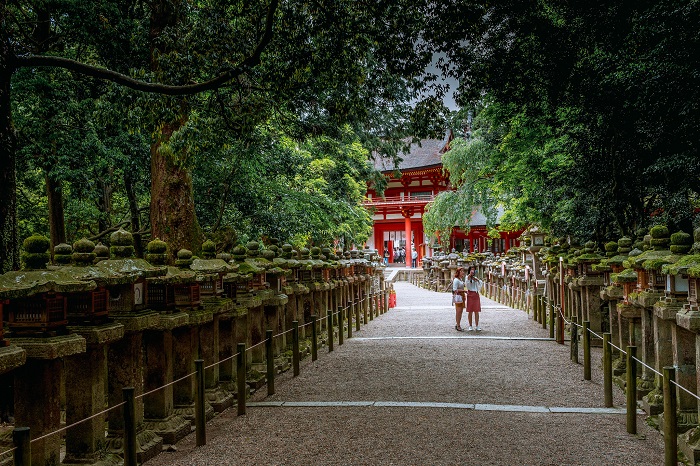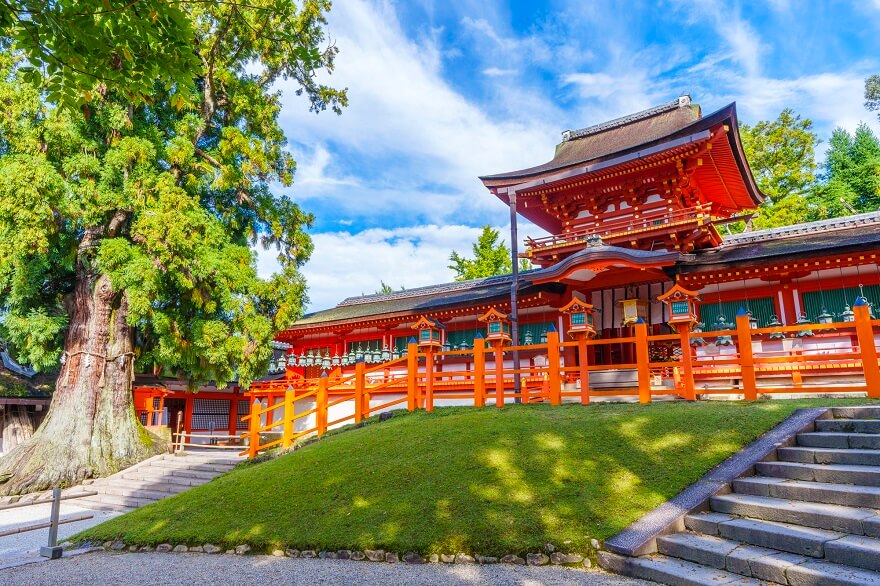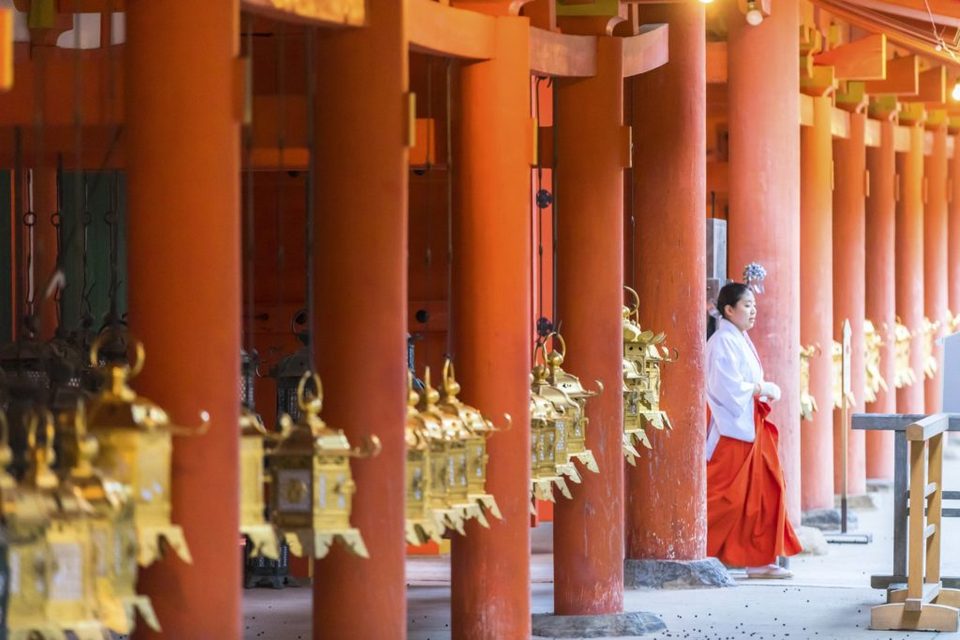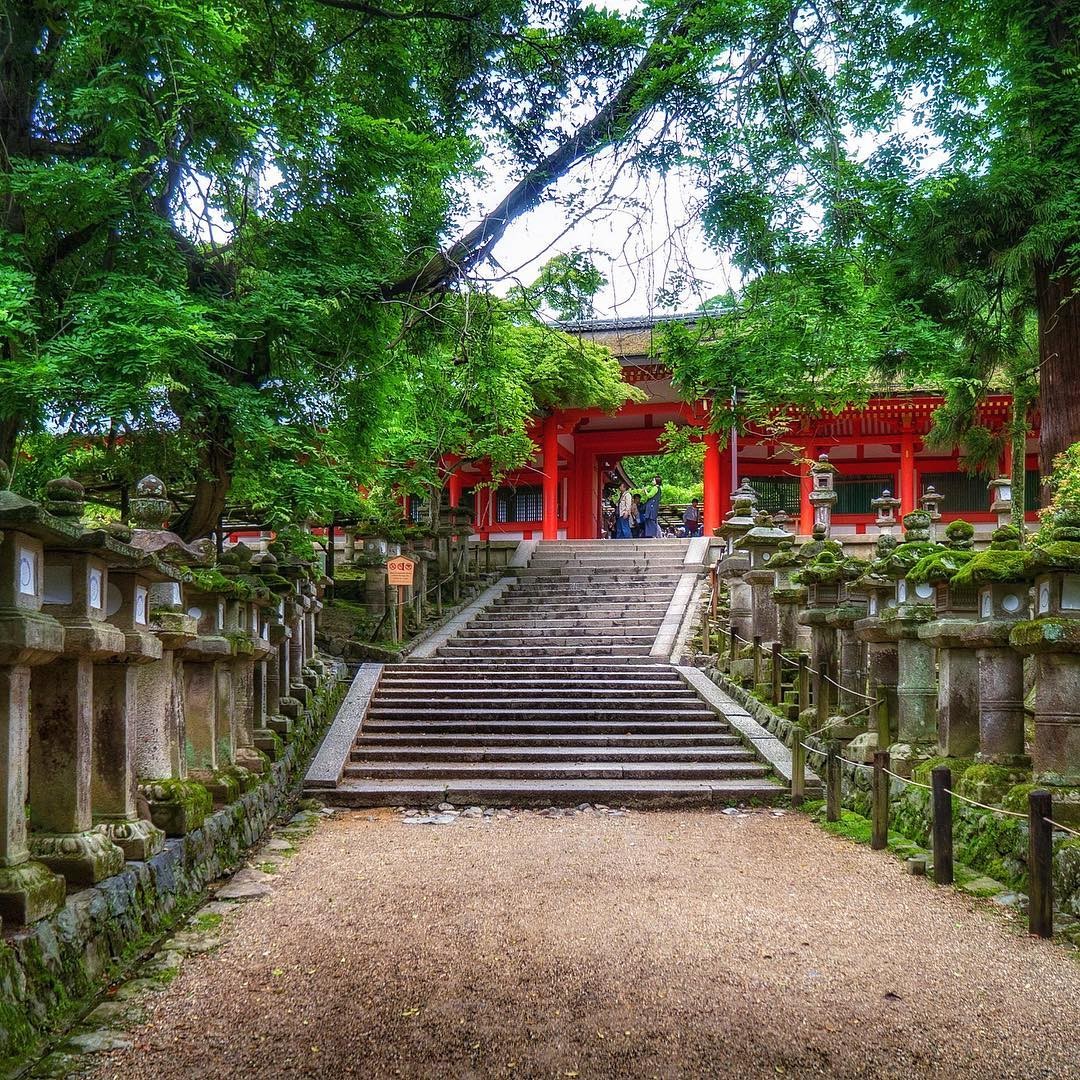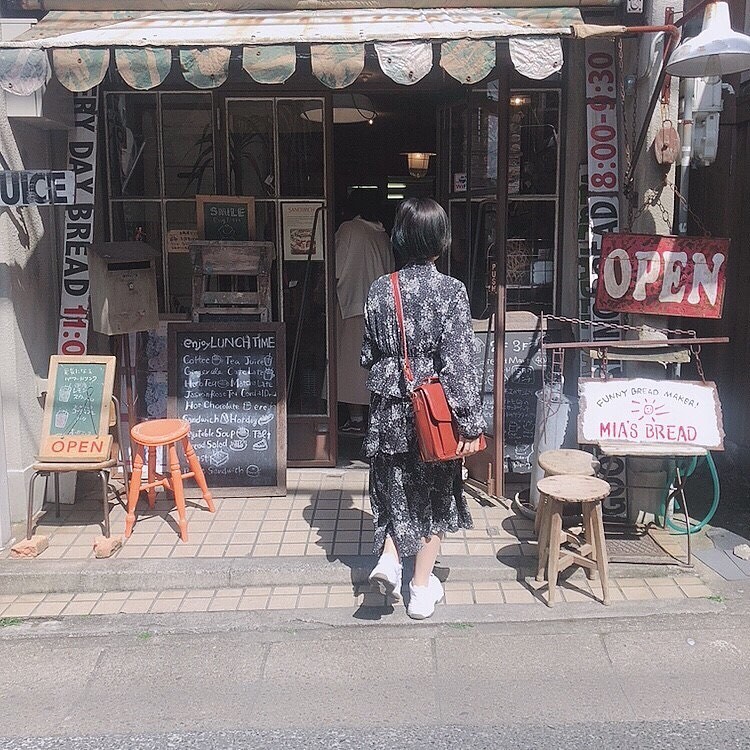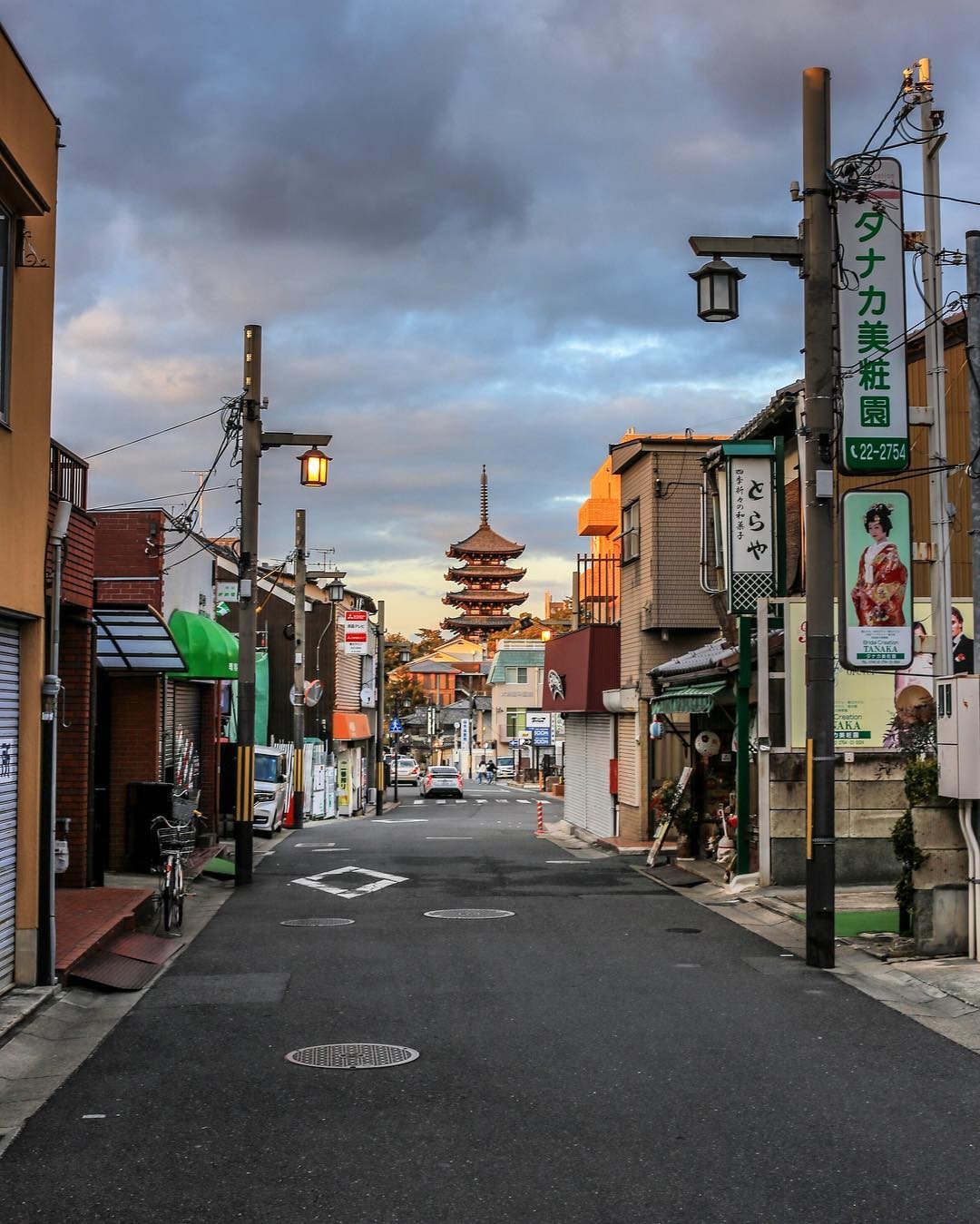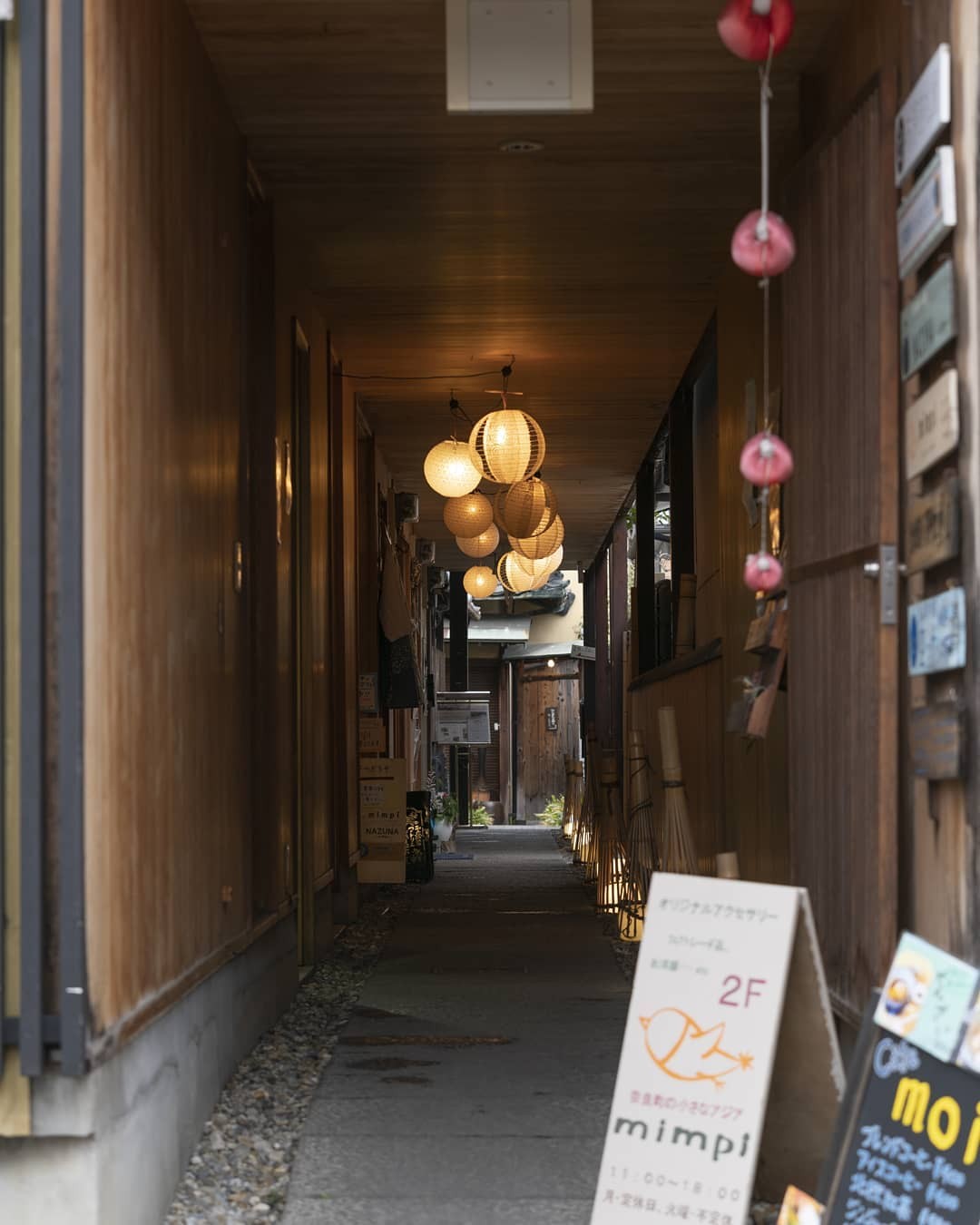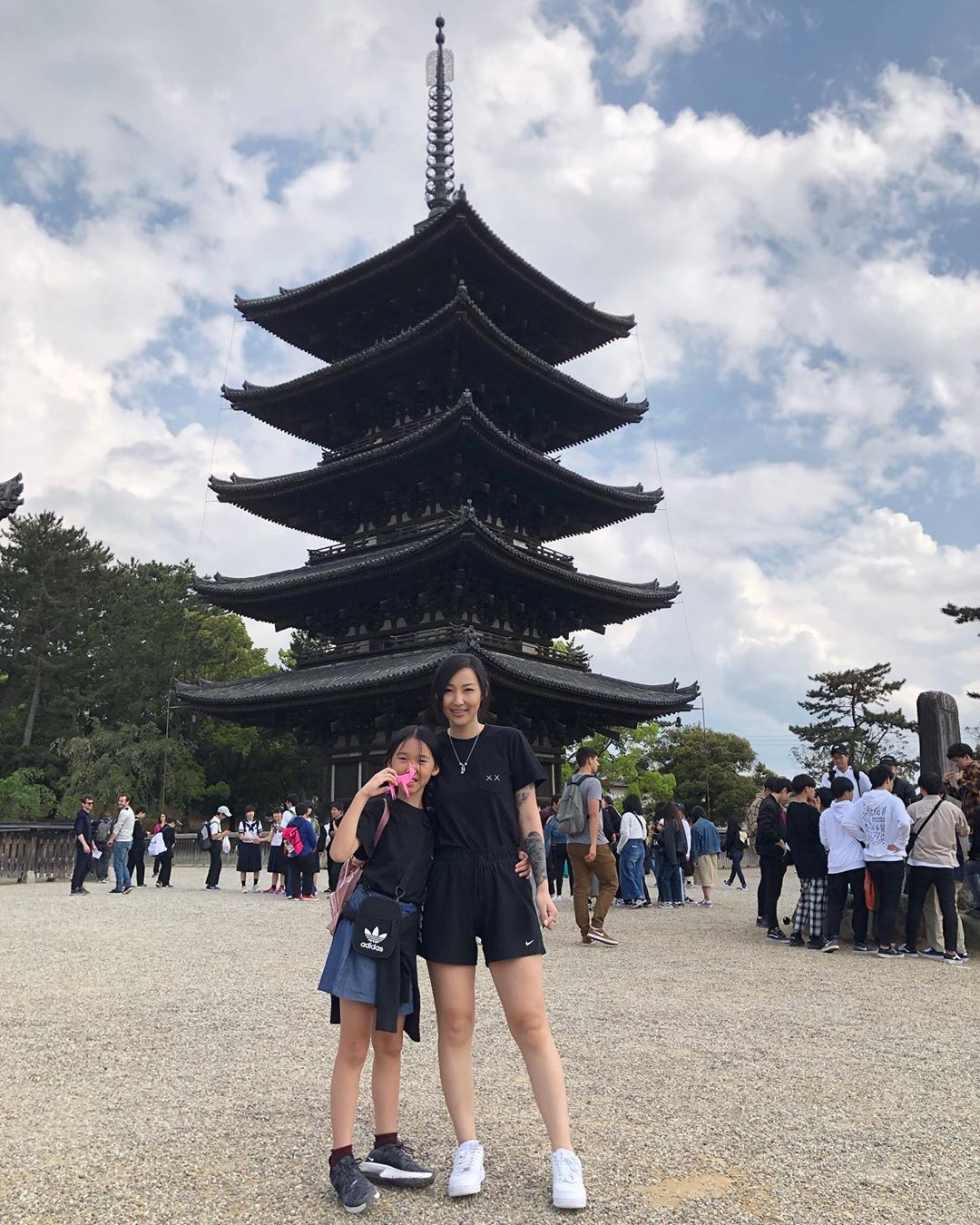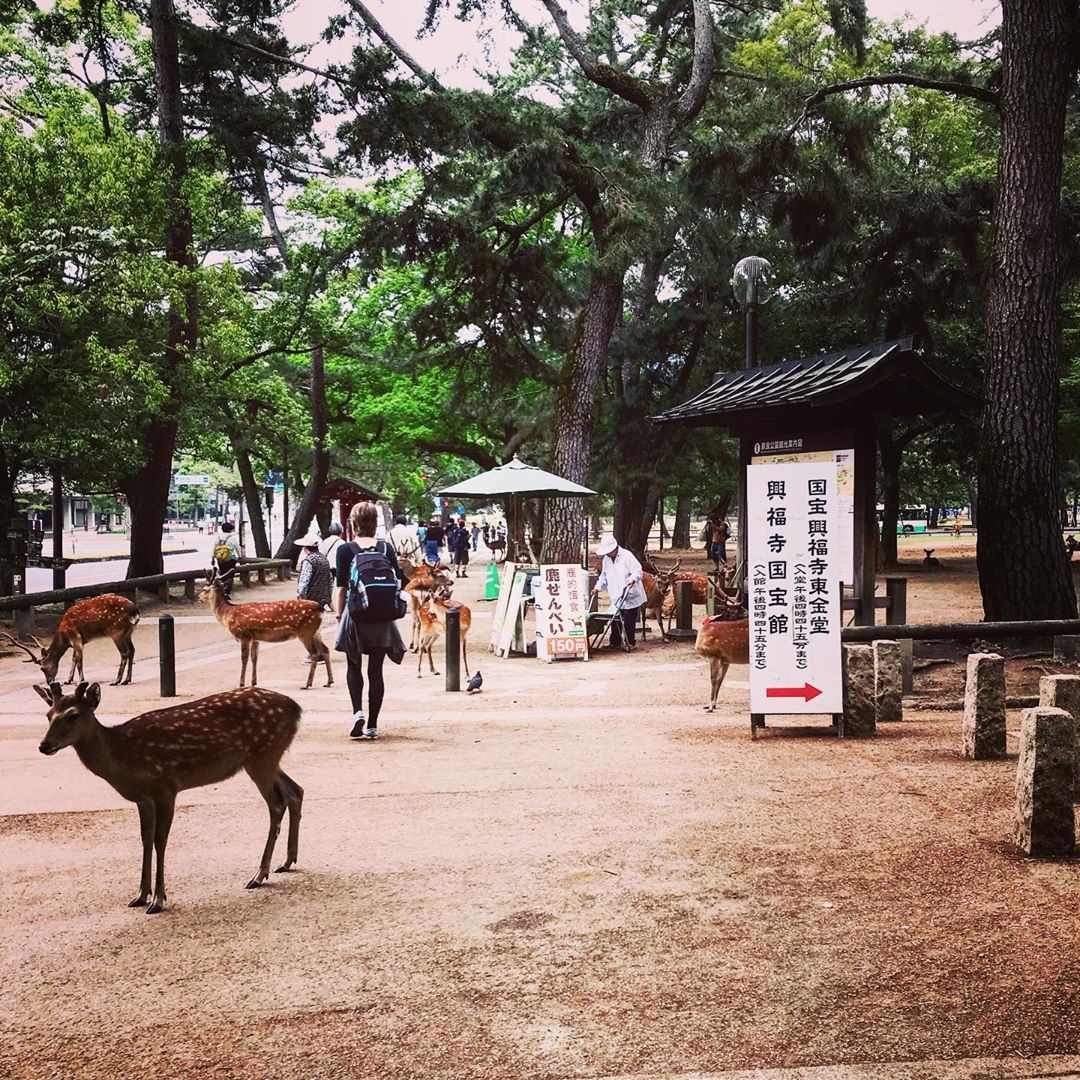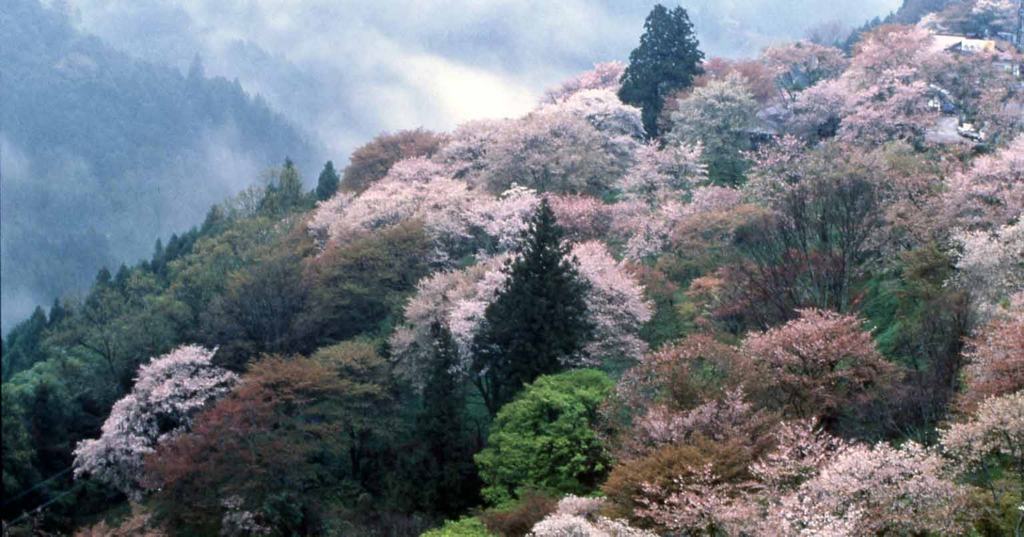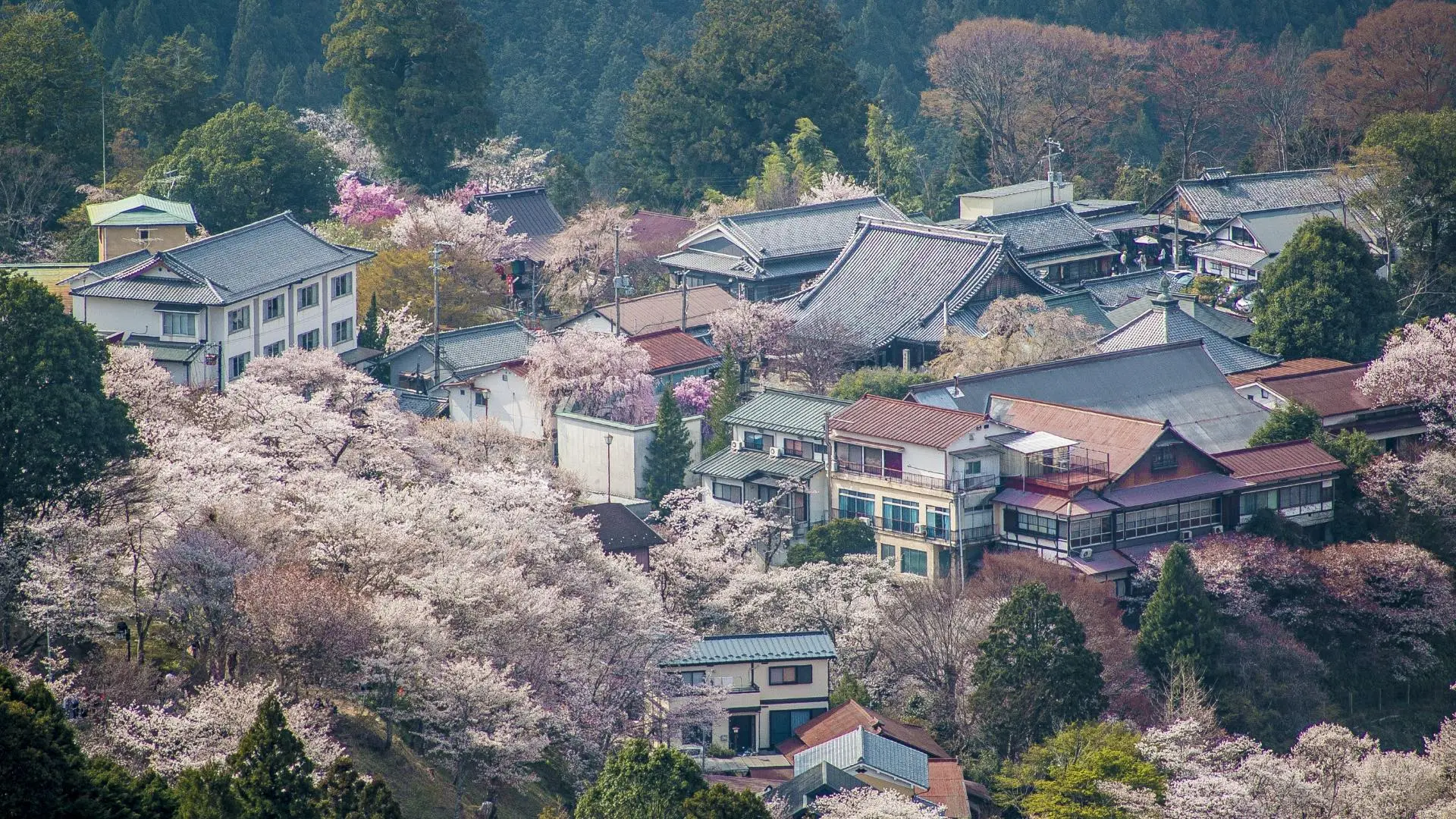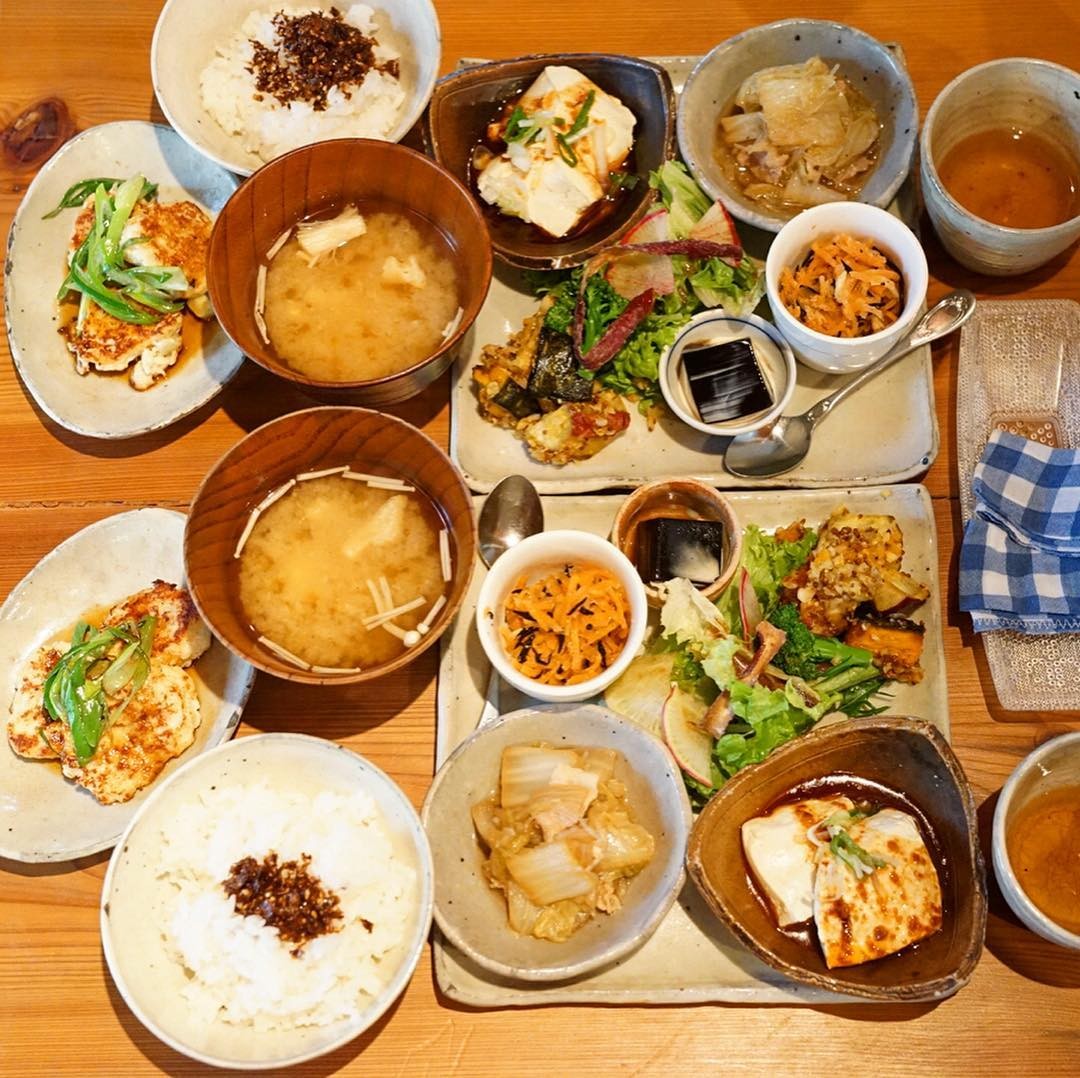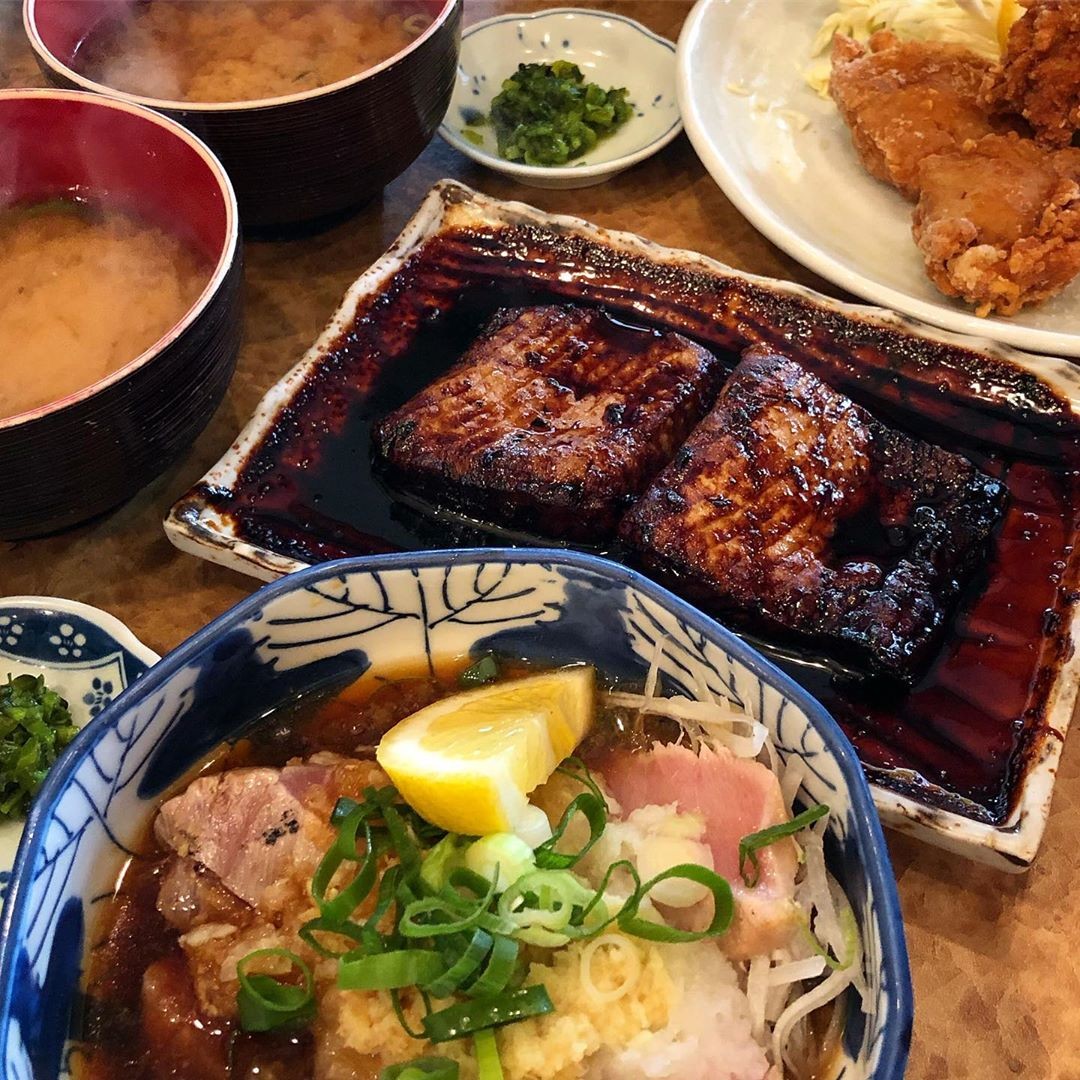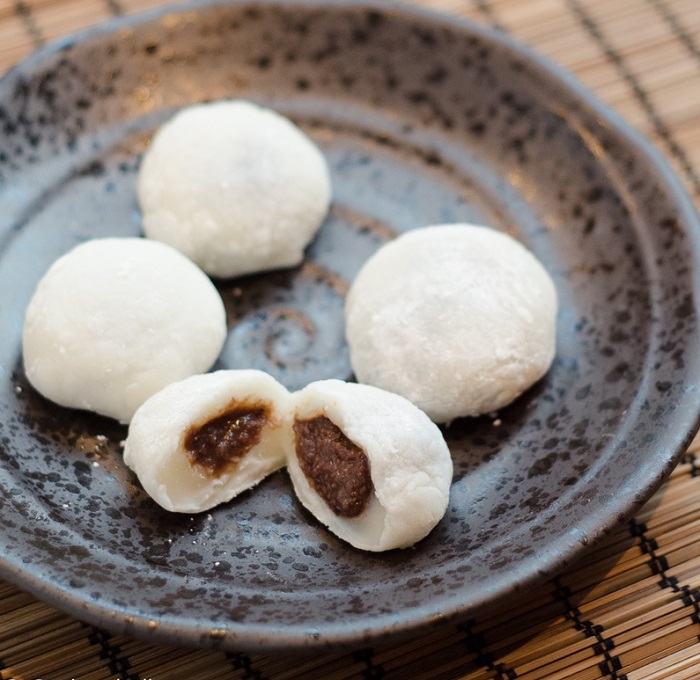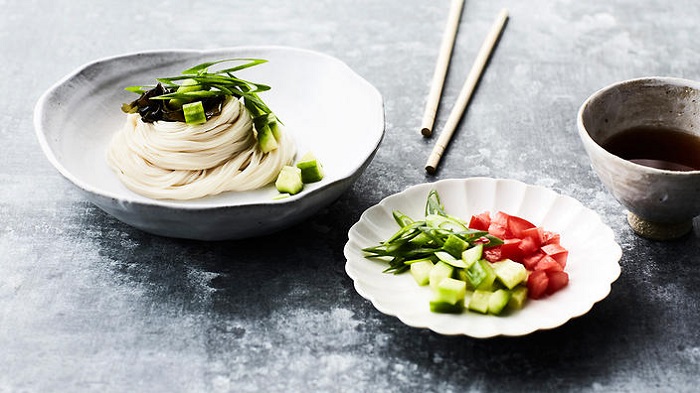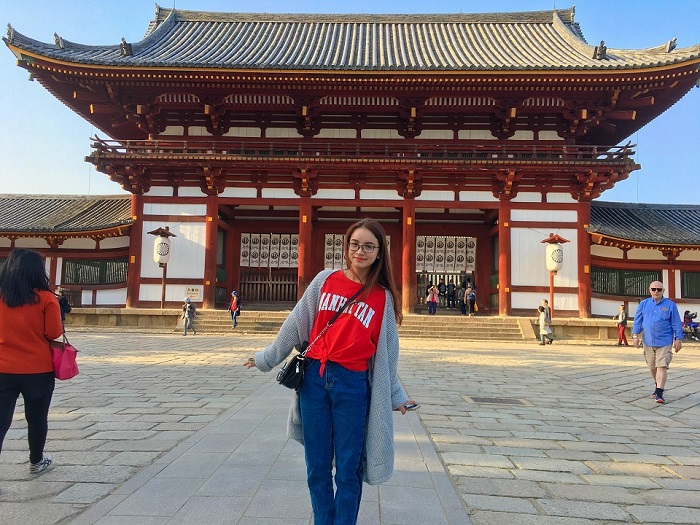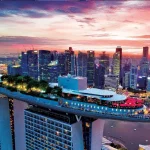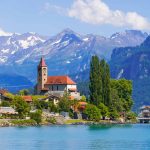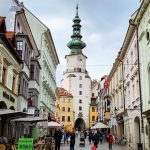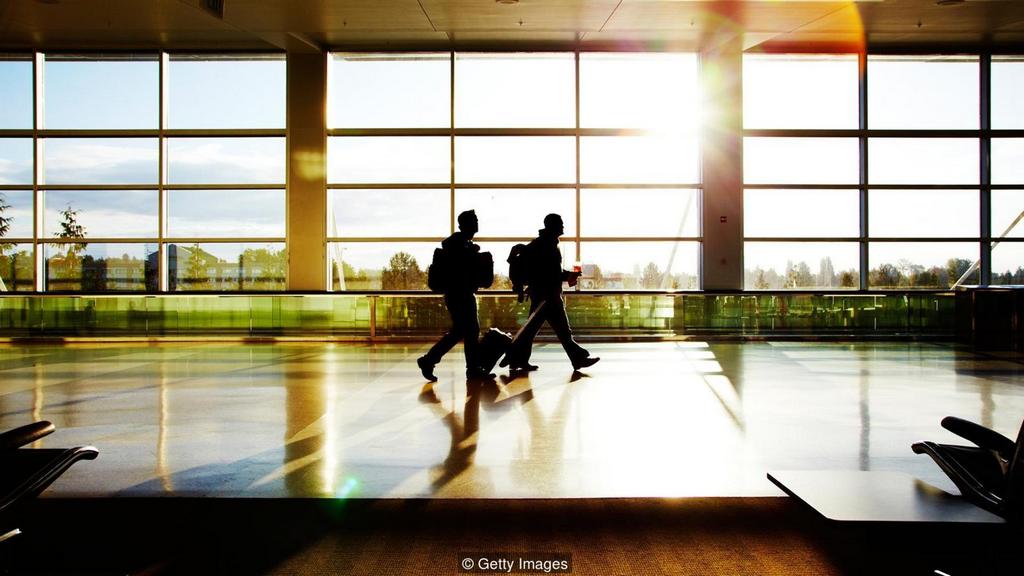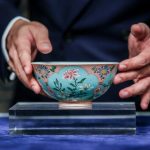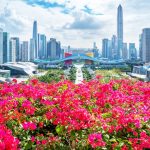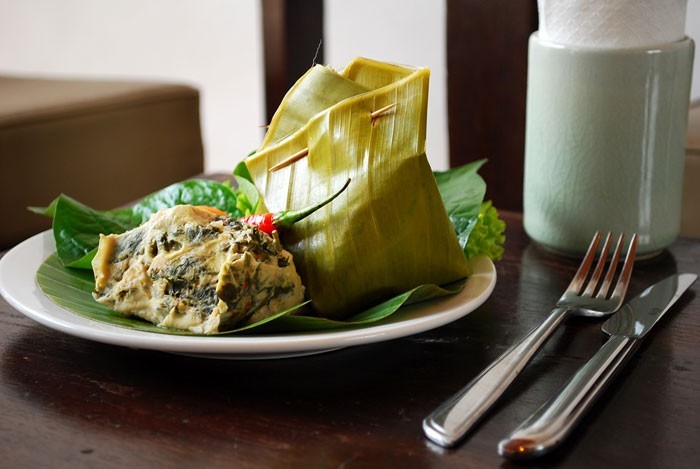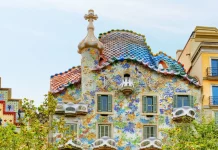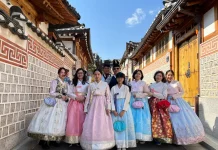Dubbed the “sanctuary of the deer”, the ancient capital of Nara is a worth visit destination in the journey to discover the land of the rising sun. This place is considered the cradle of Japanese culture, with 8 places on the list of UNESCO world heritage sites. Coming to this city, you will have to admire the unique architecture, long-standing temples and shrines, beautiful natural scenery and interesting experiences in culture and cuisine.
- Okinawa itinerary 3 days. What to do in Okinawa for 3 days 2 nights?
- 16+ best places to visit & top things to do in Kobe
- Where to shop in Tokyo? 15+ top shopping malls & best shopping places in Tokyo
- Tokyo itinerary 5 days. Where to go, what to do, how to spend 5 days in Tokyo for the first-timers?
- JR Rail Pass Guide. All things you need to know, how to buy, how to use along with Japan Rail Pass FAQs
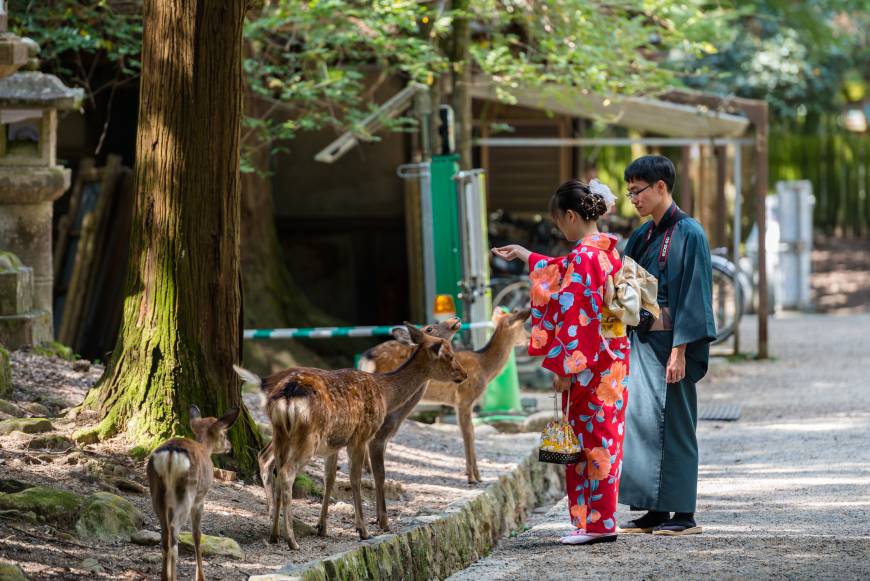
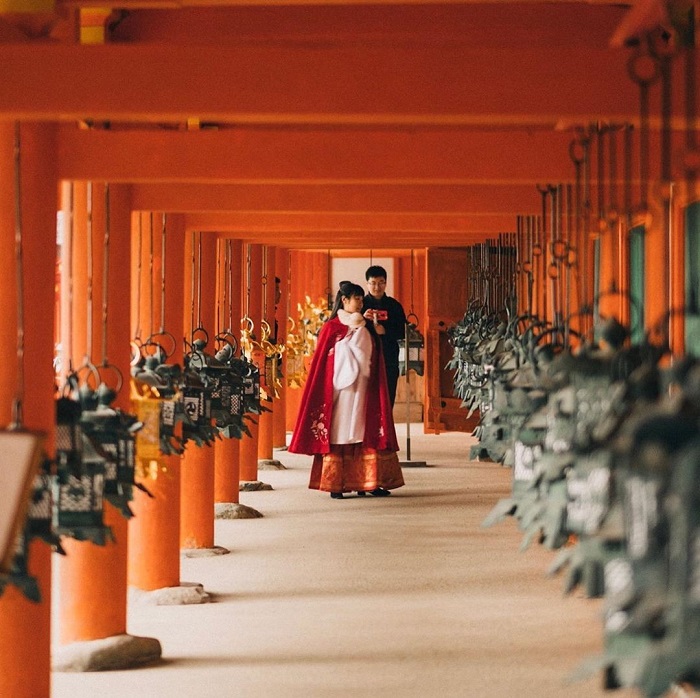
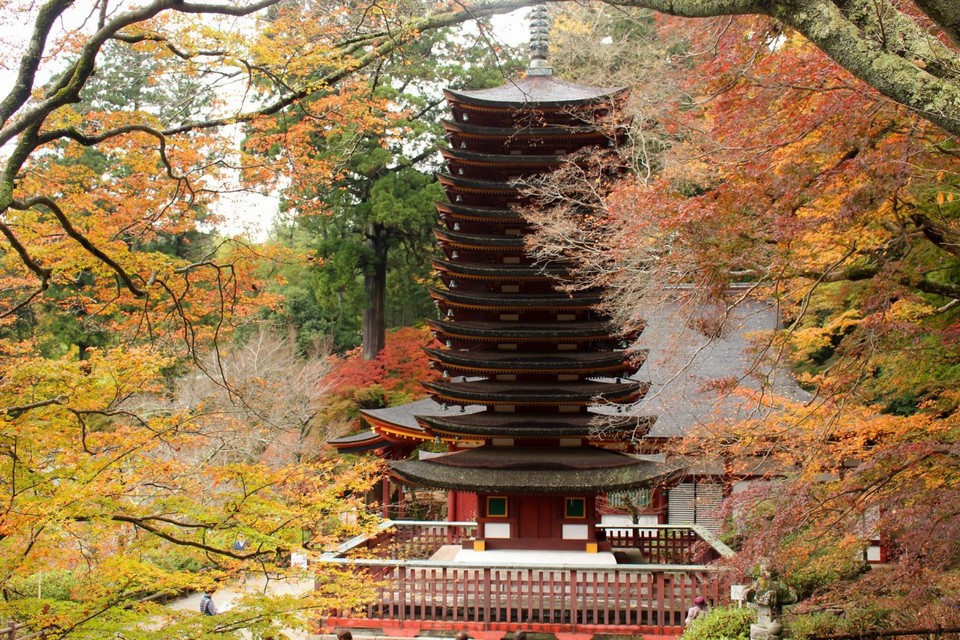
So, is Nara worth visiting, how to visit Nara, what to do in Nara and how to plan a budget trip to Nara for the first-time perfectly? Let’s check out our Nara travel blog (Nara blog, Nara japan travel blog, Nara japan blog) with the fullest Nara travel guide (guide to Nara, Nara japan guide, Nara city guide, Nara japan travel guide, Nara guide) from how to get to Nara, best places to visit, best time to come, what to eat as well as top things to do in Nara to help you maximize your trip as follows!
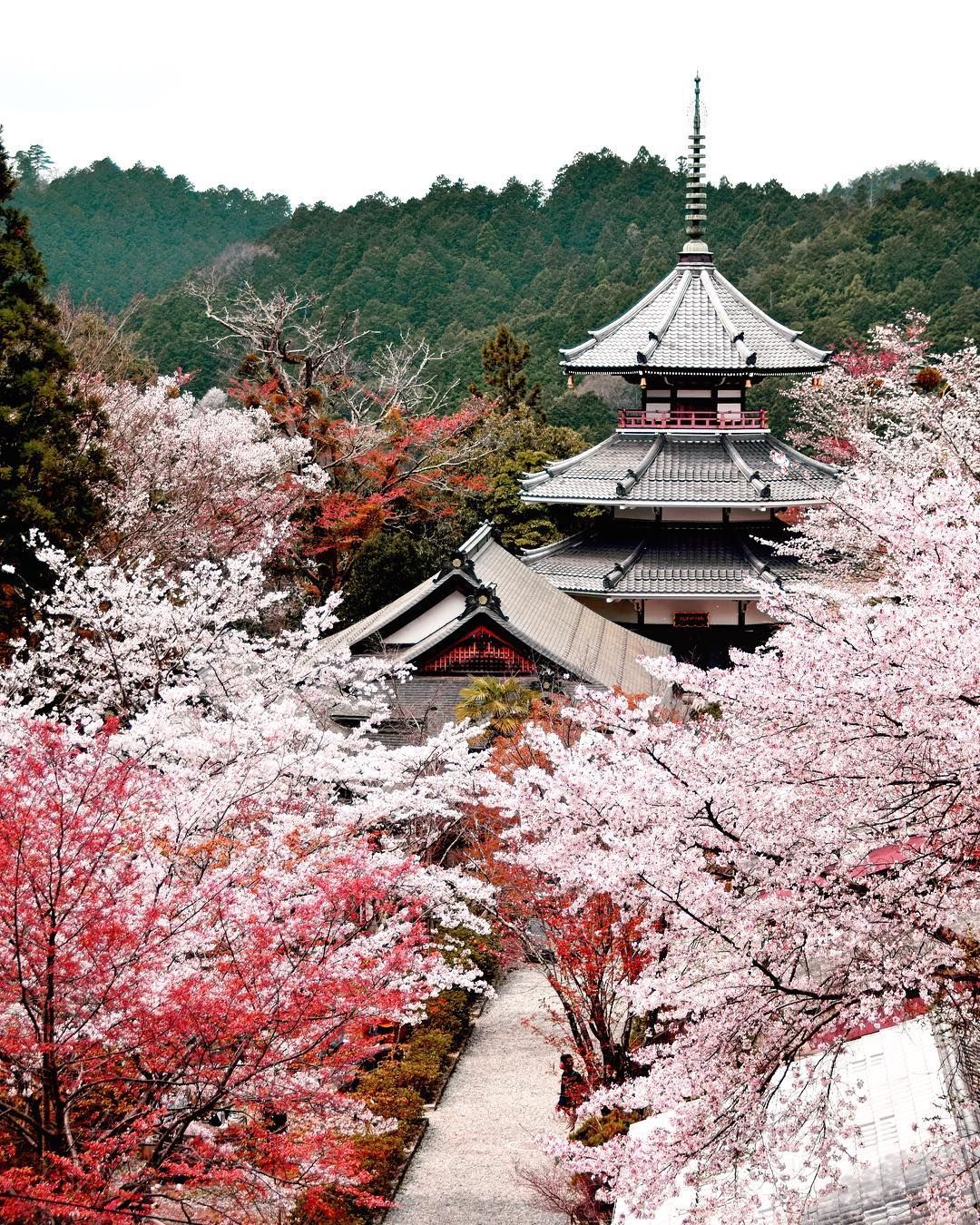
Overview of Nara (#nara travel blog)
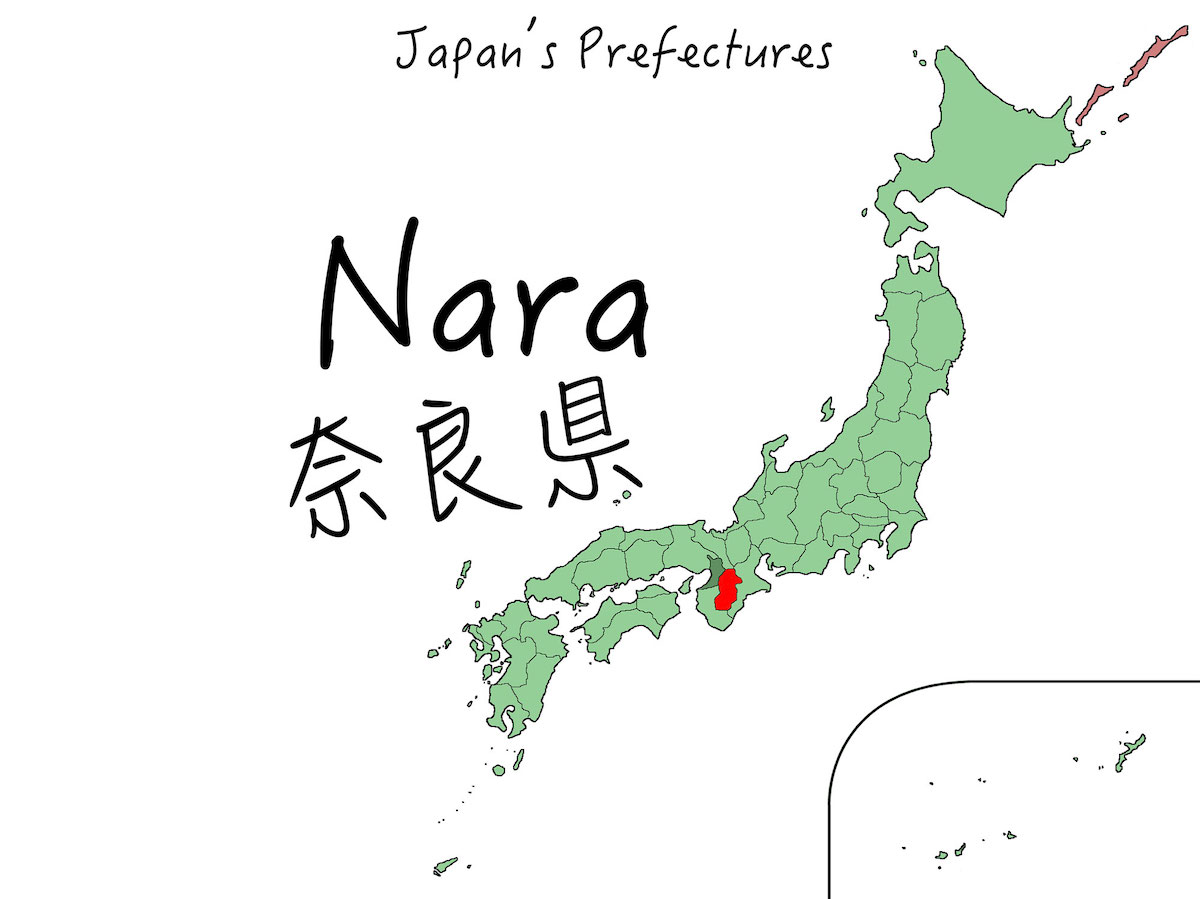
Nara was the first official capital of Japan, which existed from 710 to 784, playing an important role in the history and culture of Japan. Although not as famous as the capital Tokyo or the ancient capital of Kyoto, this city is still known by a large number of international tourists thanks to its heritage architecture, traditional festivals, and hundreds of years of sacred temples and shrines. Just over an hour away from Kyoto and Osaka, this is a destination where you can go and return in the same day.
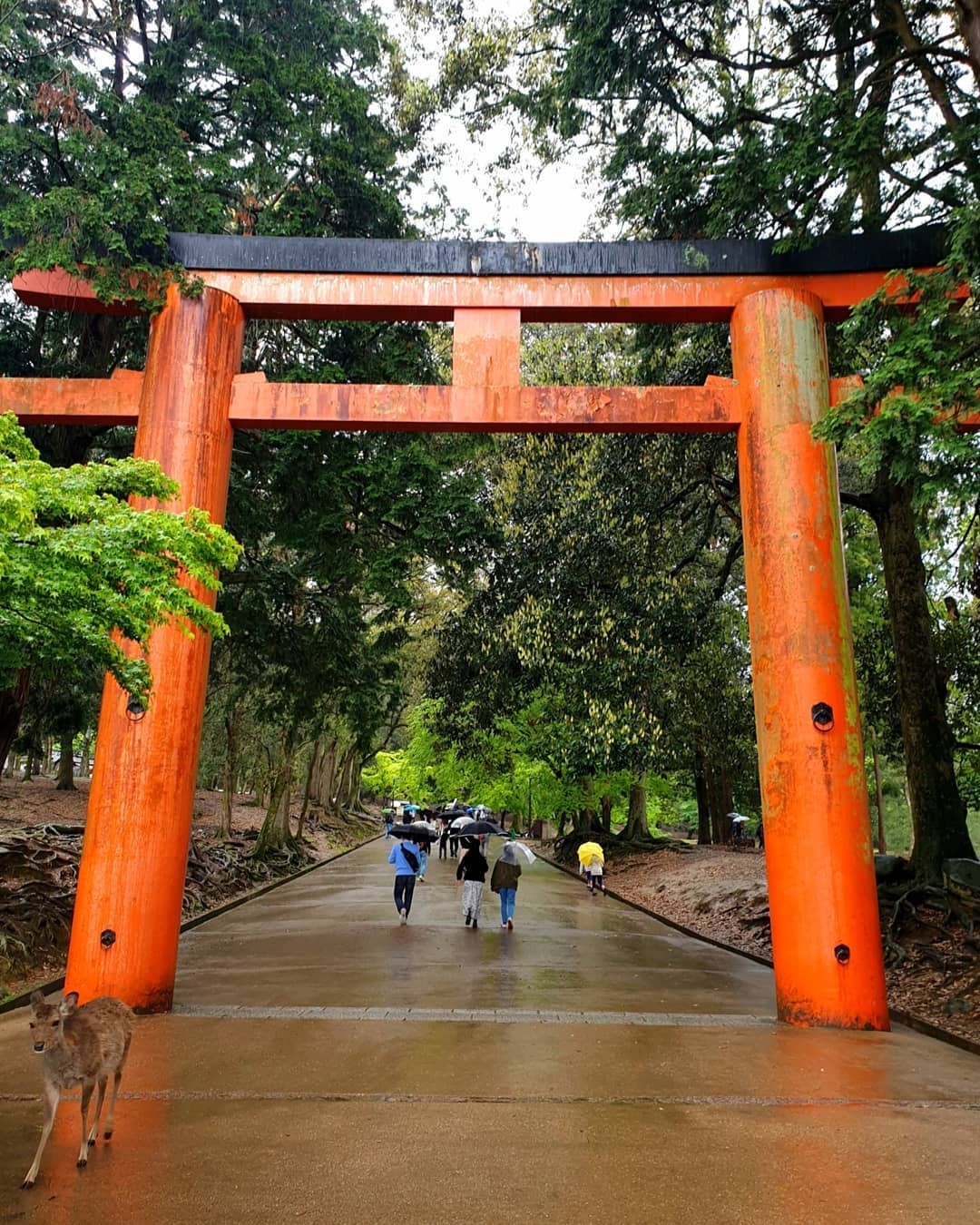
In addition, when mentioning Nara, people will immediately think of deer (Sika), and Sikamaro-kun which is considered the mascot representing this City.


When to come? (#nara blog)
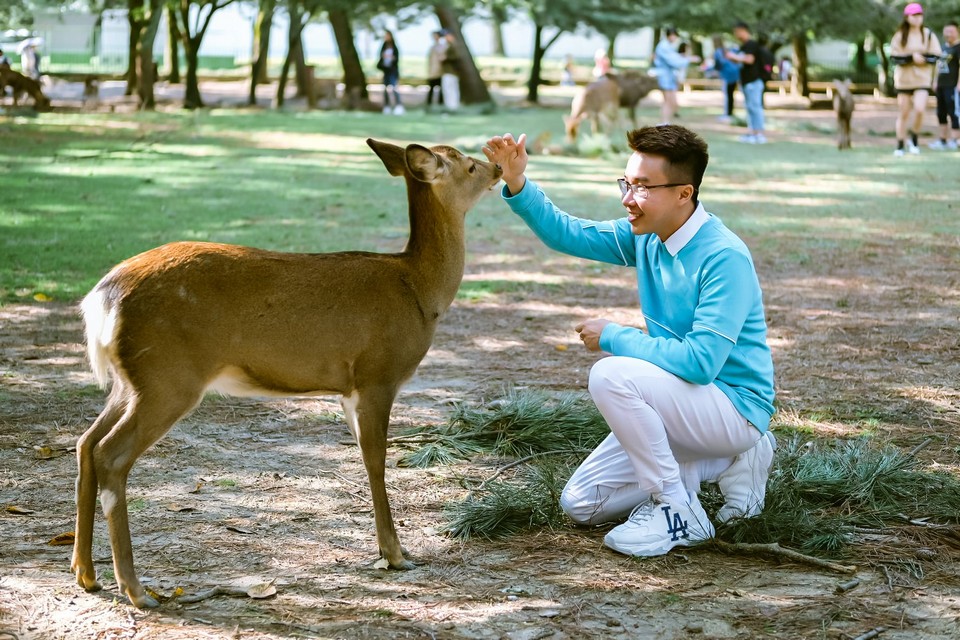
The climate in Nara is also divided into 4 seasons of the year, each season has its own beauty and characteristics, so you can travel to Nara at any time. You can travel in spring (March to May) to see cherry blossoms, travel in summer (June to August) to enjoy the fresh air with interesting festivals here or go in autumn (September to late November) to see the autumn leaves or you can also go in winter (December to February) to enjoy the cold air and white snow.
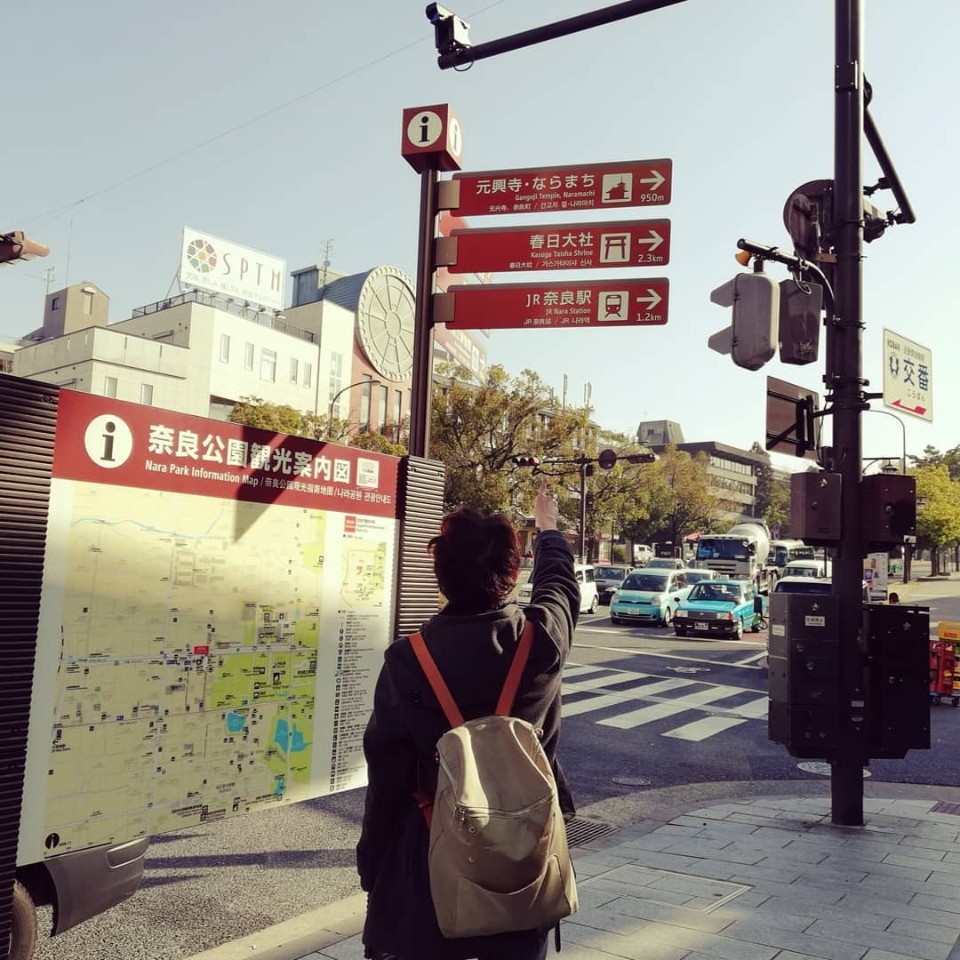
Each season in Nara has its own characteristics. Depending on the personal preferences of each person, you can determine the right time to travel to Nara and start preparing a schedule for this exciting trip.
According to the experience of those who have been here, spring (from March to April every year) is the most ideal time to travel to Nara. This is the season of cherry blossoms in full bloom and wisteria flowers blooming, the scene is extremely romantic.
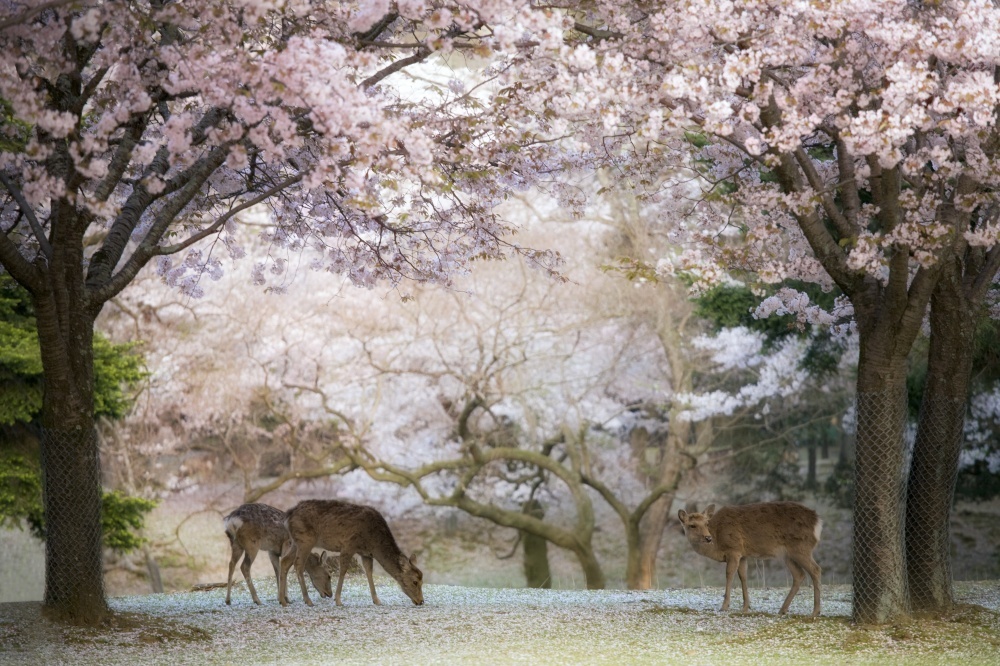
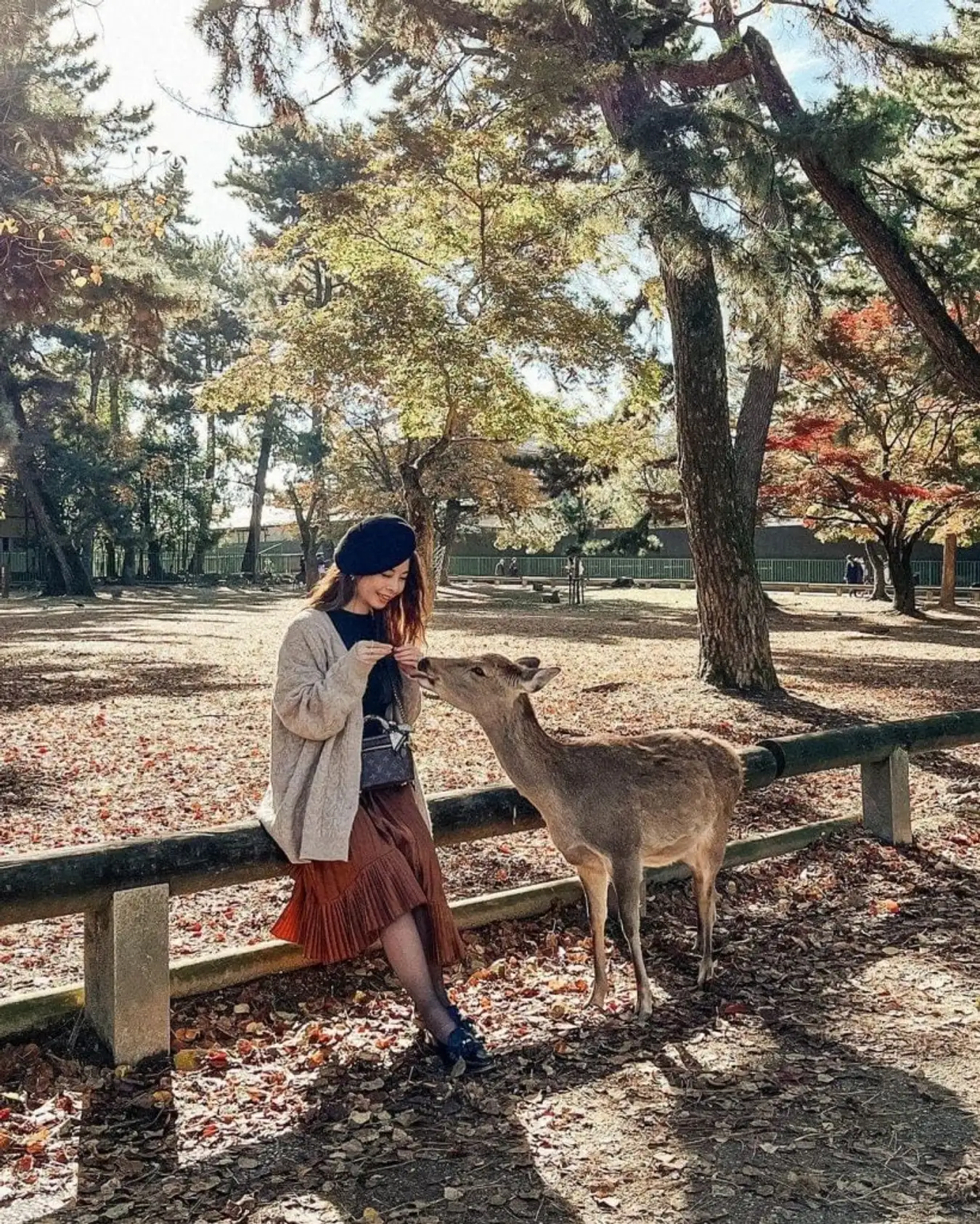
The rainy season begins in June, the number of tourists is small, so you can comfortably walk around the city without fear of crowd with tourists. If you want to enjoy the festive atmosphere, you should travel in the summer months.
Autumn is probably the best Nara travel season (especially in the period from October to mid-November), at this time the weather is neither too hot nor too cold, very suitable for sightseeing and participate in outdoor activities. Moreover, you also have the opportunity to see firsthand how the trees in the forests of Nara are gradually changing from green to red and yellow, creating a romantic natural scene.
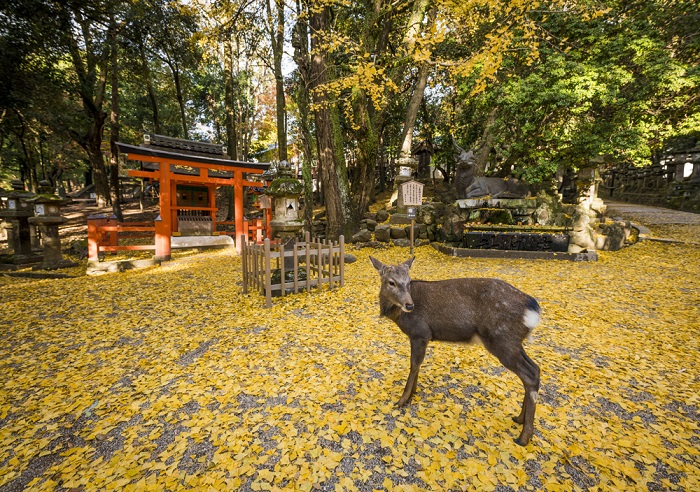
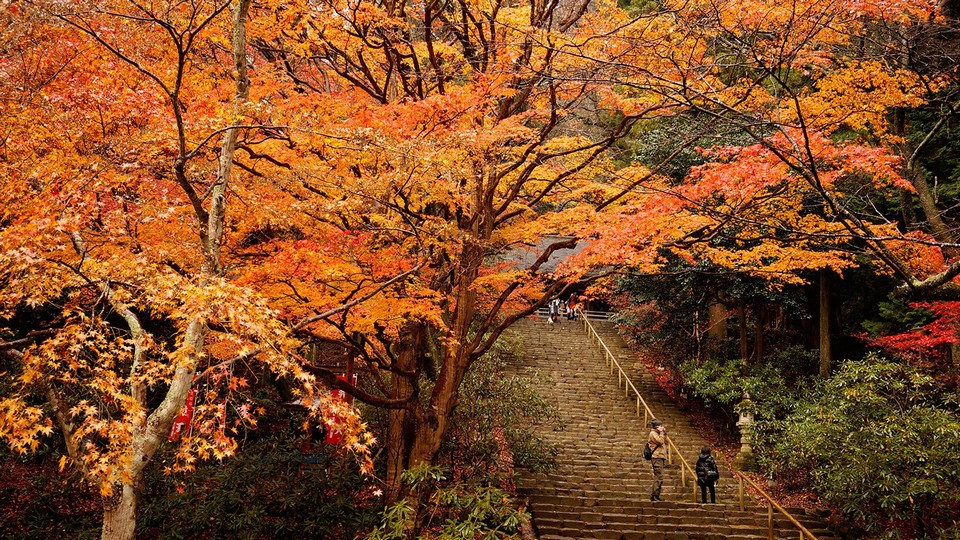
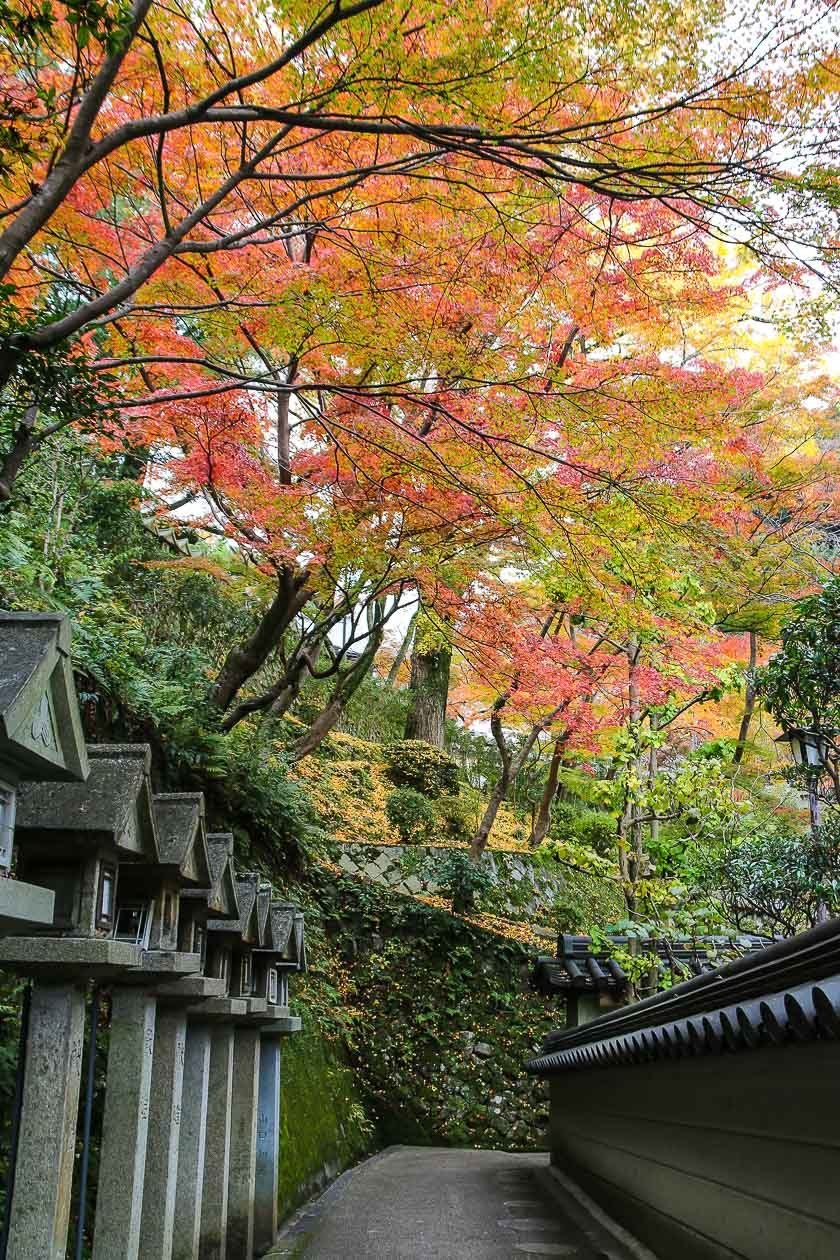
Getting to Nara (#nara travel guide)
By train (#nara travel guide)
Visitors in nearby cities such as Osaka or Kyoto can visit the city by train. Going from Osaka takes about 45 minutes (32 km) while going from Kyoto will take about 1 hour.
In Nara, there are two main stations: JR Nara (JR is Japan Railways Group) and Kintetsu Nara Station (Kintetsu is a private railway company). You can go to 1 of 2 stations and these 2 stations are only about 10 minutes walk apart.
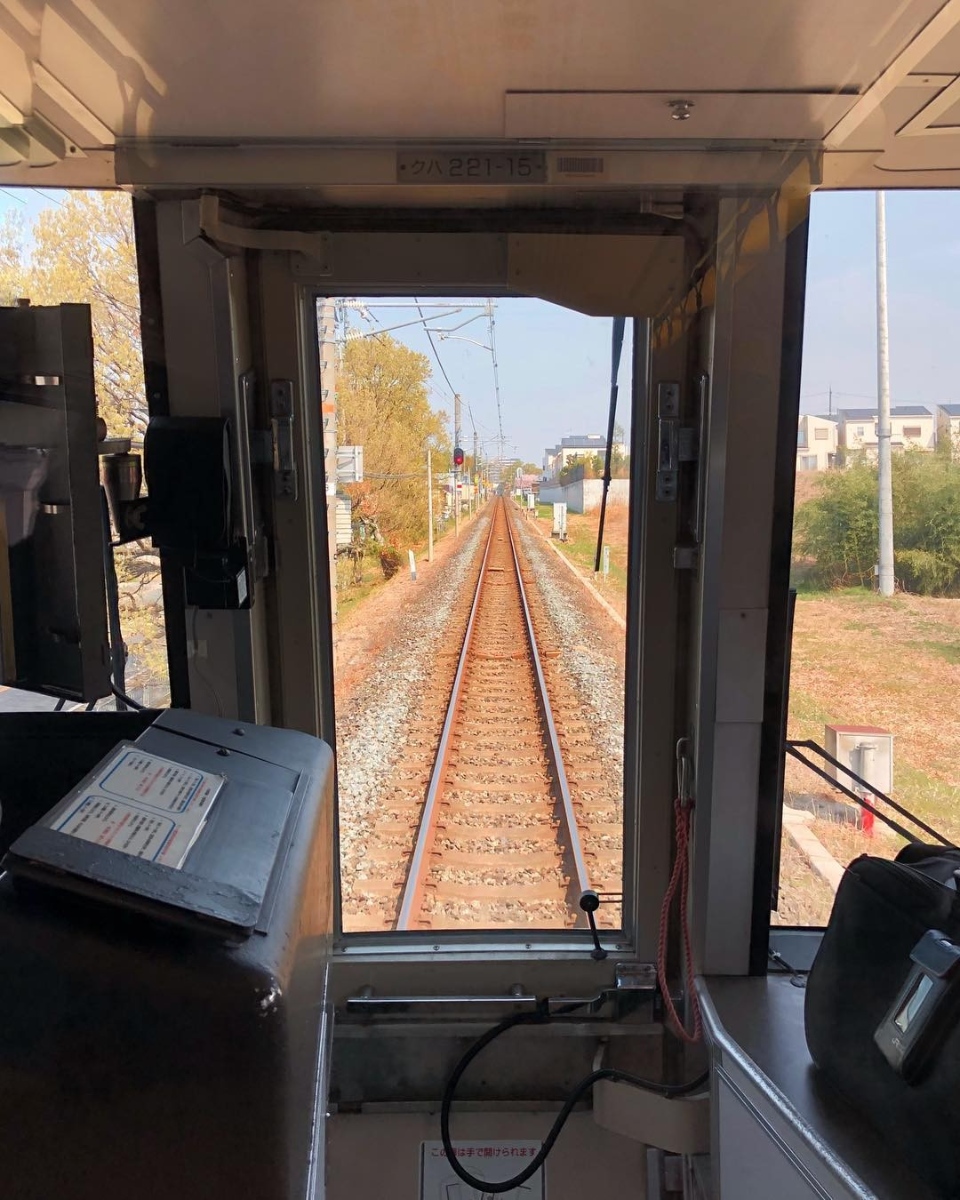
From Osaka: From Osaka Station, you’ll board the Tokaido bullet train and get off at Nara Station. The travel time of the Nozomi line is only 1 hour. Ticket prices for free seats are 9,570 yen, fixed seats are from 10,090 ~ 11,200 yen.
From Kyoto: Trains run from Kyoto Station to both JR Nara and Kintetsu Nara stations in about 50 minutes. Trains depart every 30 minutes.
From Tokyo: There is still no dedicated Shinkansen line to Nara, and if you are departing from Tokyo, the fastest way is to take the Tokyo – Kyoto train route and then go to Nara by following the instructions above.
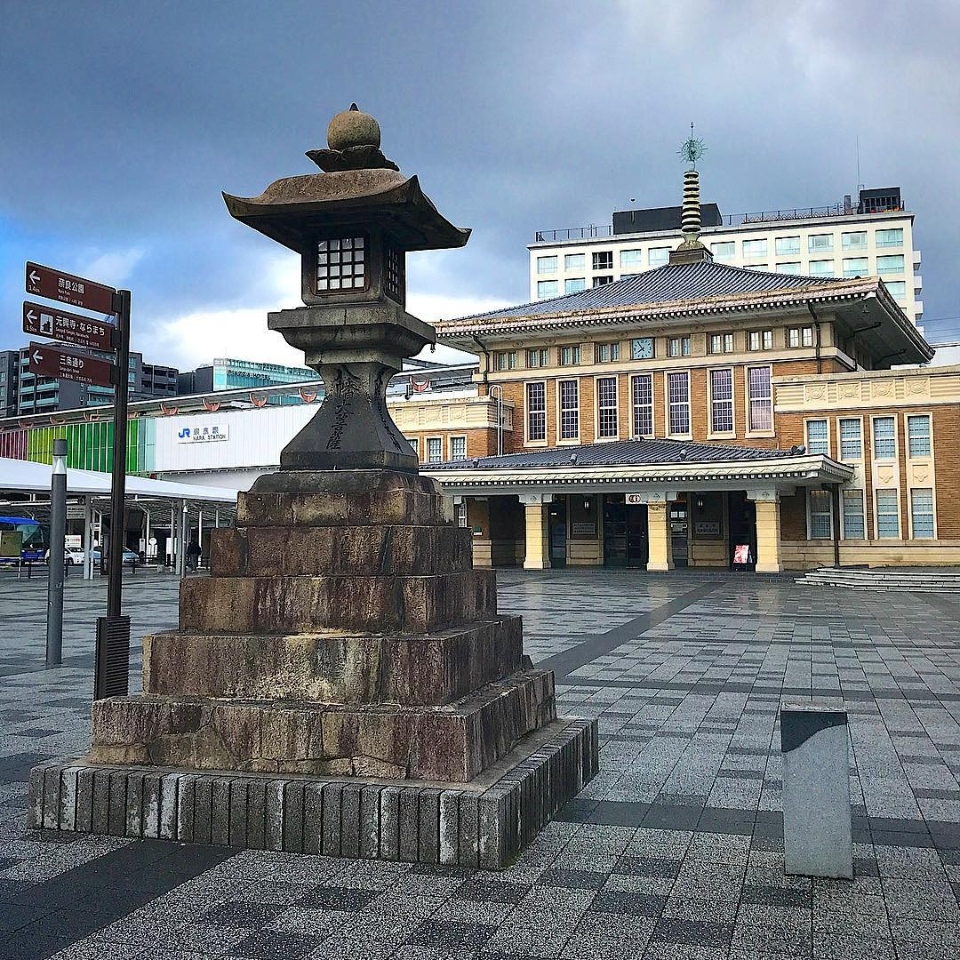
By plane (#nara travel blog)
Tourists can also completely travel from Haneda Airport to Nara International Airport by plane. Travel time is about 1 hour, airfare ranges from 7,000 ~ 20,000 yen.
If you fly to to Osaka, you must take a flight to Osaka’s Itami Airport before going to Nara. From Itami Airport, it only takes about 70 minutes to take a bus to Nara and the fare ranges around 1,440 yen.
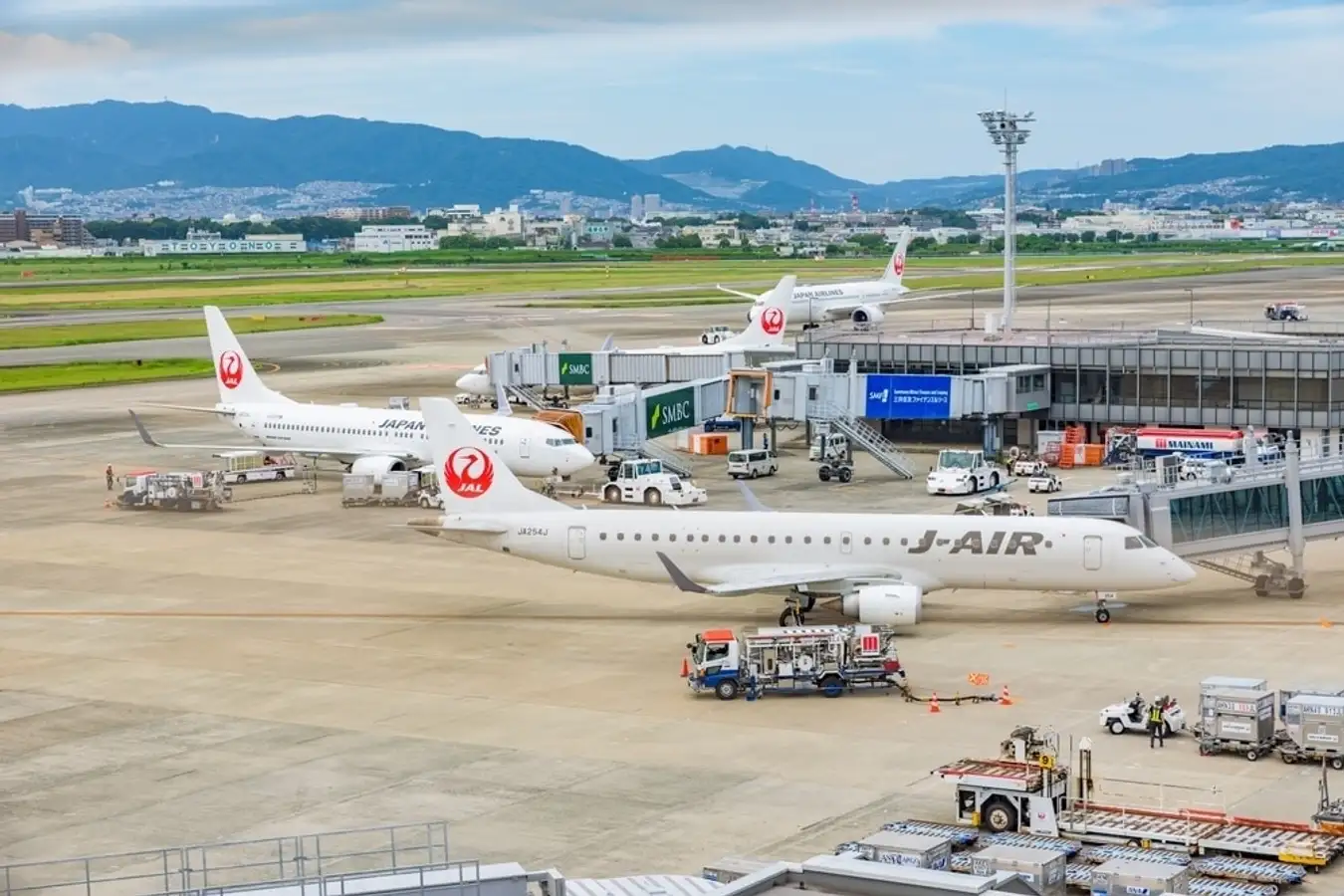
By express bus
Travel time from the vicinity around Osaka station to Nara station takes about 3 hours, the fare is about 2,000 ~ 8,000 yen.
Get around Nara
Like other cities in Japan, the transportation infrastructure here is extremely developed. To get to the attractions, you can choose a bus, taxi or tram. Bus and tram fares are only about 150 yen / way, if you want to save more, choose to buy a daily ticket (day pass) for 500 yen / day.
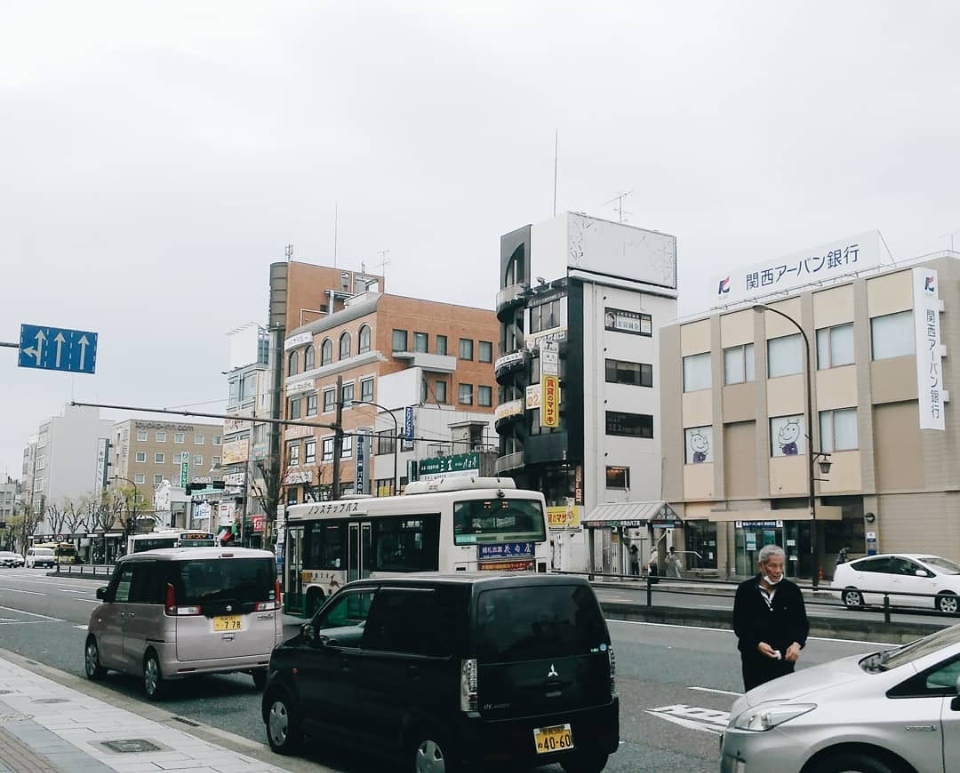
Bus
The cheapest public transport in Nara. In areas where subways are not possible, tourists can choose to travel by bus. The fare of this vehicle is about 160 – 250 yen /way. In Nara city, there are bus tickets from 500 yen and unlimited rides in a day. In addition, there are long-distance buses that go during the day and at night, the fare for the Osaka – Nara route ranges from 2,000 yen to 5,000 yen.
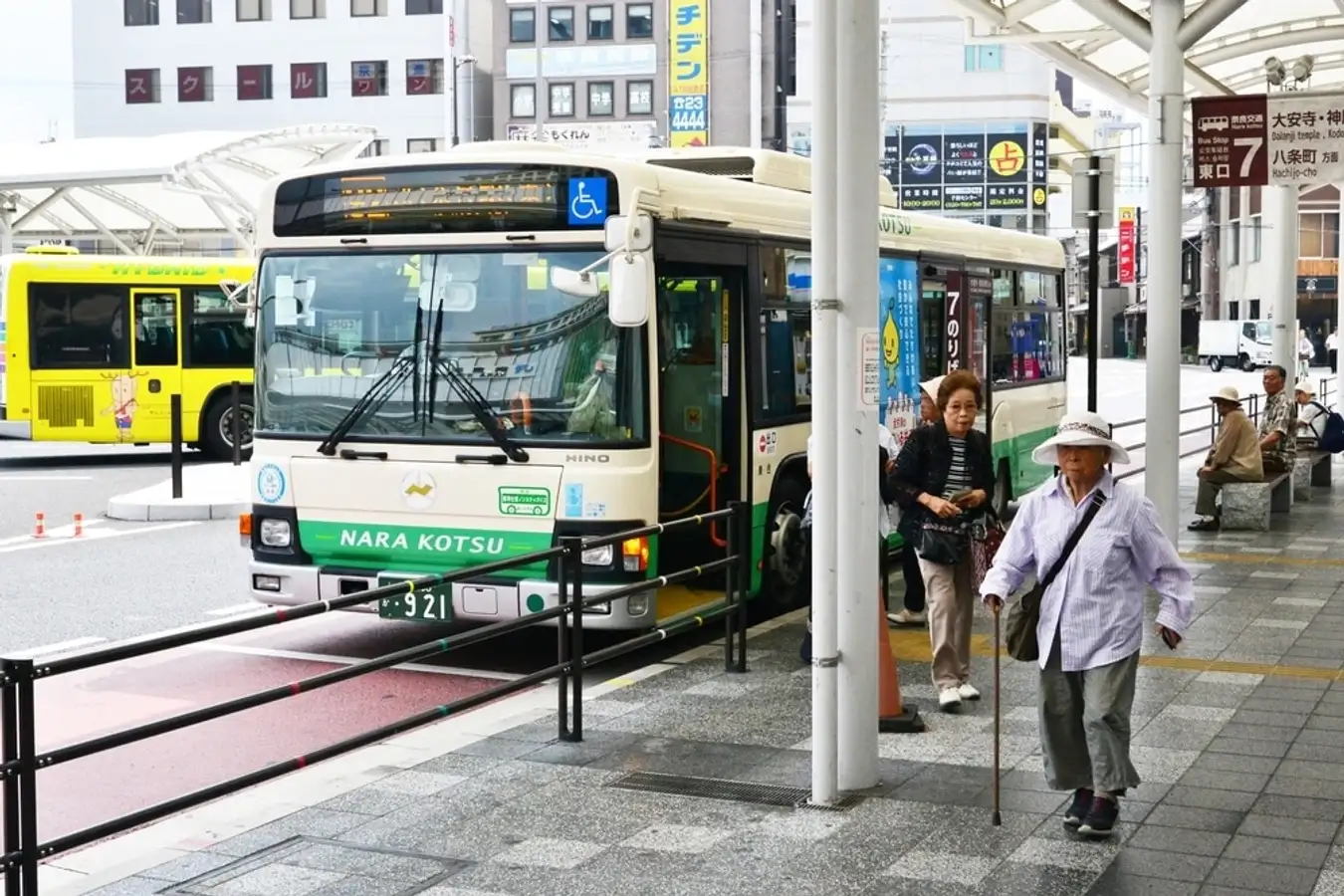
Subway
The most popular means of transportation in Nara city. With the advantage of affordable prices, accurate time helps visitors’ journey undisturbed. Subway tickets between stations in the city usually cost between 700 – 1,000 yen.
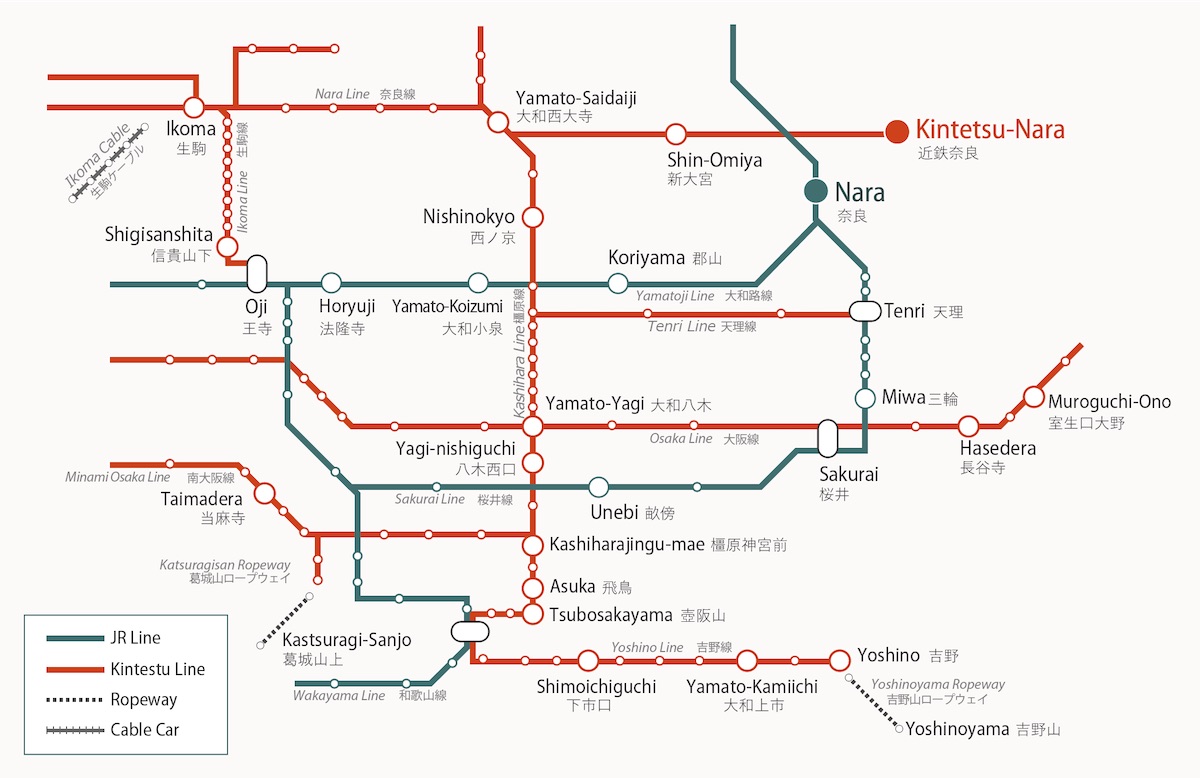
Taxi
It is an extremely expensive mode of transportation. The price charged at the time of opening the car door is about 500 – 600 yen for the first 3km and 400 – 500 yen for the next km in the journey. Visitors can catch a taxi at taxi pick-up stands or parking lots in the station.
Bike
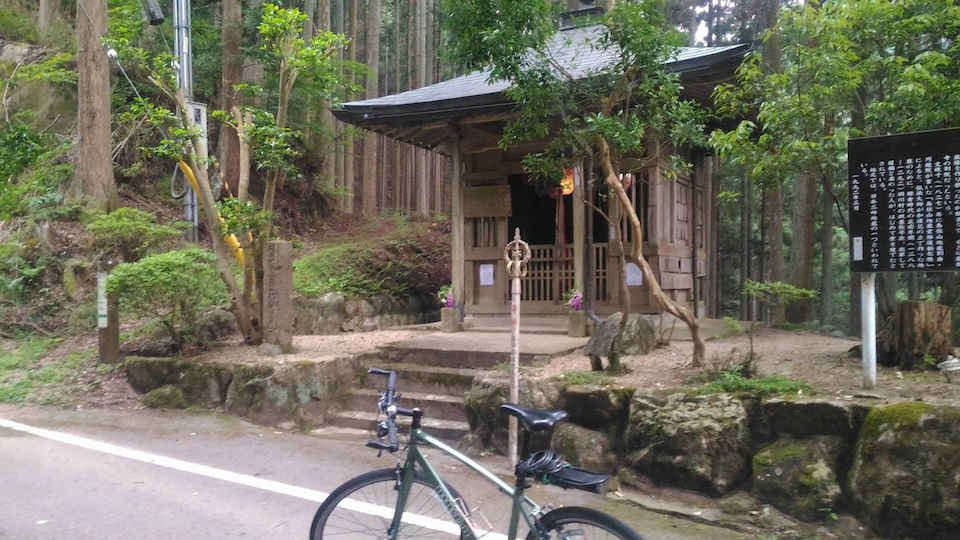
Alternatively, you can also rent a bicycle to experience the city for yourself for 300 yen/day/regular bike and 1,500 yen/day/electric bike.
Nara is not too large, so when visiting in Nara you can walk, take a bus or most interestingly, rent a bicycle to cycling around.
Where to stay? (#nara travel blog)
As a developed city in tourism, the hotels in Nara is highly appreciated by tourists for its quality. There are all kinds of accommodation here with prices from affordable, mid-range to high-end. Depending on your needs and your budget, you can choose for yourself a suitable stopover.
Super Hotel Lohas JR Nara Station: It is a great choice for you who are looking for a comfortable hotel at an affordable price. The biggest advantage of this hotel is that it is located very close to famous attractions, saving you travel time. In addition to comfortable rooms, Lohas JR Nara Station also provides relaxation services, onsen baths for guests. Room rates from $81/night. (Agoda, Booking)
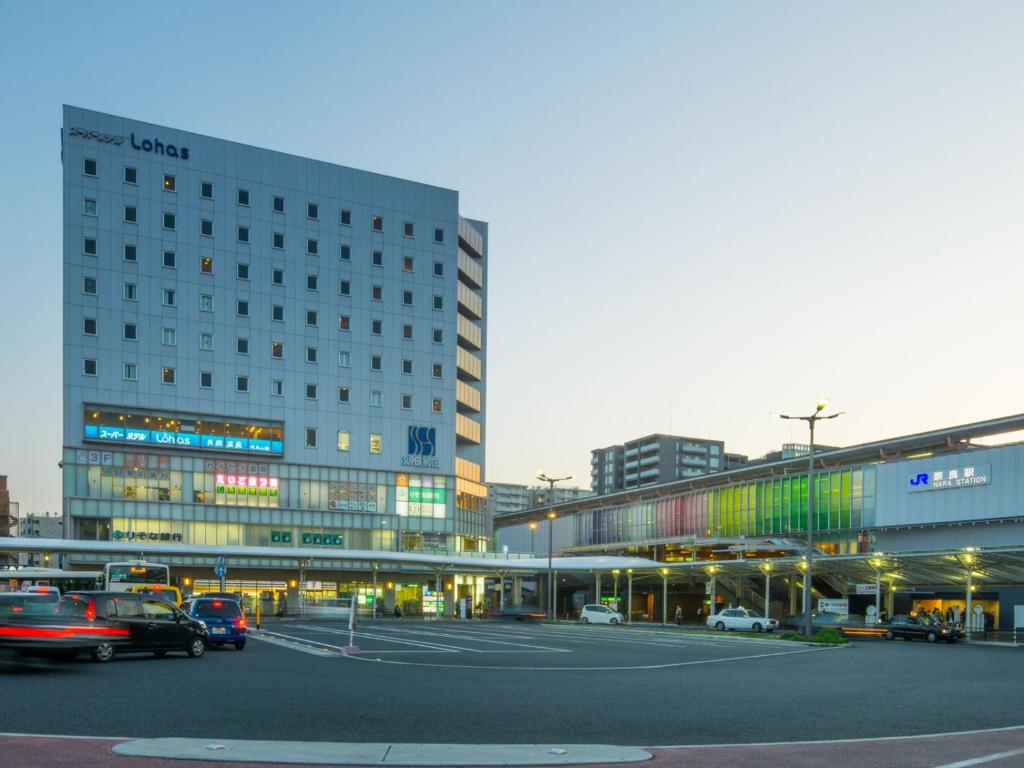
With the advantage of being close to attractions in Nara such as: Gango-ji Temple, Naramachi Shiryo-kan Museum, Naramachi Monogatari-kan, etc., it will help visitors save time and travel easier. Moreover, with fully equipped facilities, the hotel also has hot spring bath services to help guests always relax and have the most comfortable feeling when staying here.
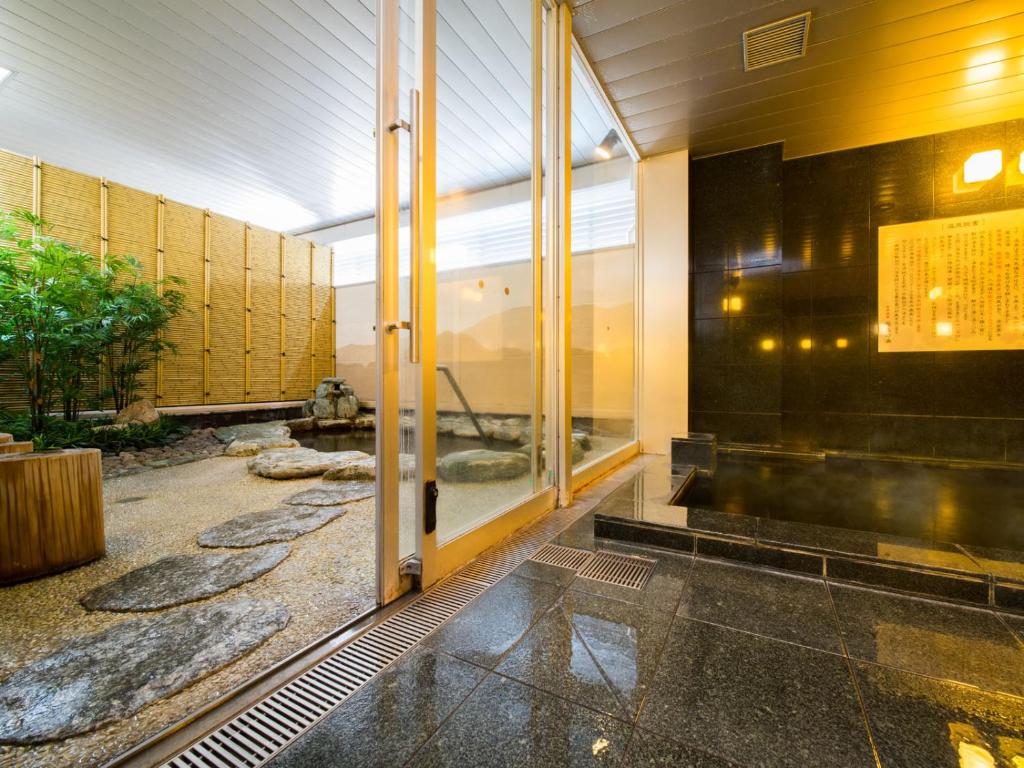
The Deer Park Inn: If you want to save money on Nara travel, The Deer Park Inn is the ideal hotel that you should choose. With a reasonable price but still provides all necessary equipment such as air-conditioner, wifi… Along with that is a convenient location, right near famous sightseeing and tourist attractions in Nara, helping tourists have more experiences, more interesting discoveries. (Agoda, Booking)
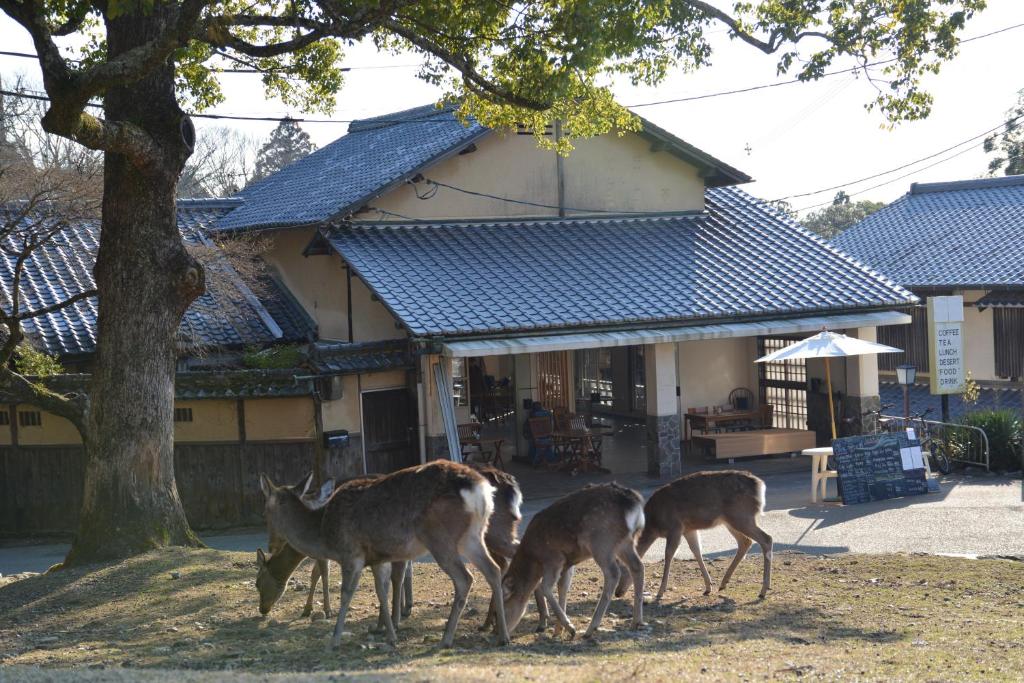
Hotel Nikko Nara: Nikko Nara is a 4-star standard hotel, the ideal resort for Nara tourists. Rooms at the hotel are highly appreciated for their quality, full of necessary amenities. Besides, the hotel also provides convenient services such as massage, karaoke room… Room rates from $60/night. (Agoda, Booking)

Nara Hotel: Considered a quality hotel in Nara. This place was built in 1910 and restored in 2007, but Nara Hotel always puts the quality and prestige of the hotel first. Therefore, this place always receives a lot of good feedback from customers. In addition to good facilities, extremely professional staff, when coming here, visitors are often suggested by the hotel to have interesting activities in Nara to help you stay excited and happy during the their holiday. (Agoda, Booking)
Piazza Hotel: Piazza Hotel is a favorite destination for international travelers thanks to its modern facilities, high-quality rooms and professional service. In particular, Piazza Hotel is also located in a convenient traffic location, convenient for traveling and visiting the city. Room rates from $119/night. (Agoda, Booking)
Below we recommend more best budget, mid-range and upscale hotels with good ratings and reviews you can refer to.
- Daiwa Roynet Hotel Nara (Agoda, Booking)
- NARA Visitor Center and Inn (Agoda, Booking)
- Centurion Hotel Classic Nara Station (Agoda, Booking)
- Comfort Hotel Nara (Agoda, Booking)
- Nara Royal Hotel (Agoda, Booking)
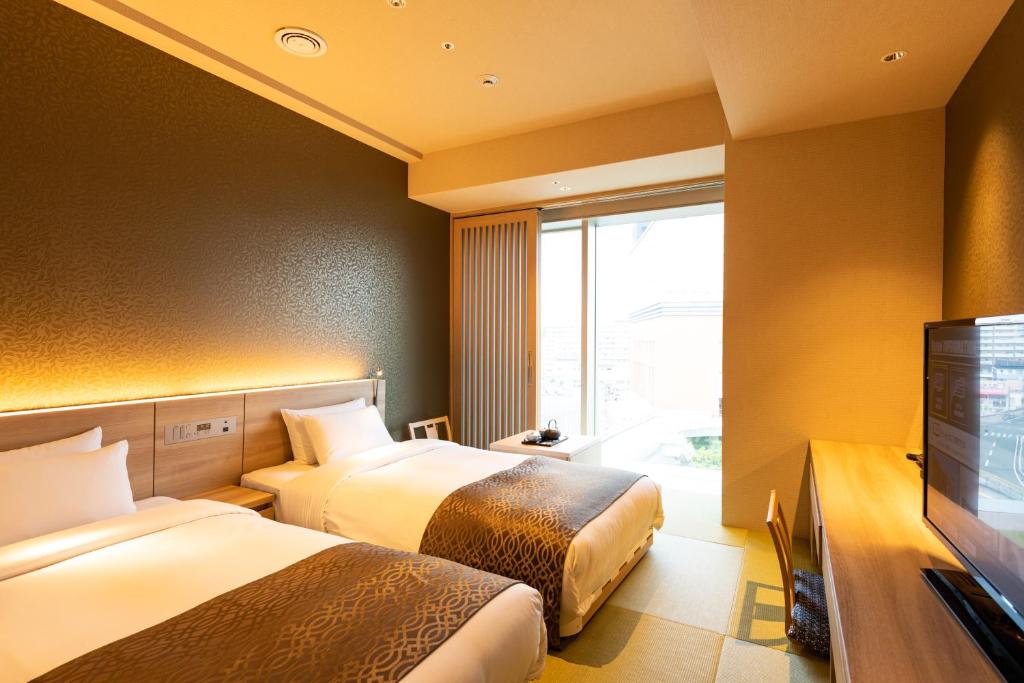
Check out more top and best hotels in Nara on Agoda.com or Booking.com
Where to go and what to do in Nara? (#nara japan travel blog)
Although possessing a small area, Nara is home to the most attractive tourist attractions in Japan. As the first capital and also the cultural heritage center of Japan, it contains all the features of traditional Japanese architecture. Visiting this land, you must go all the places to visit below.
Todaiji Temple
Address: 406-1 Zoshicho, Nara, 630-8211, Japan
Hours: 7:30 AM–5:30 PM
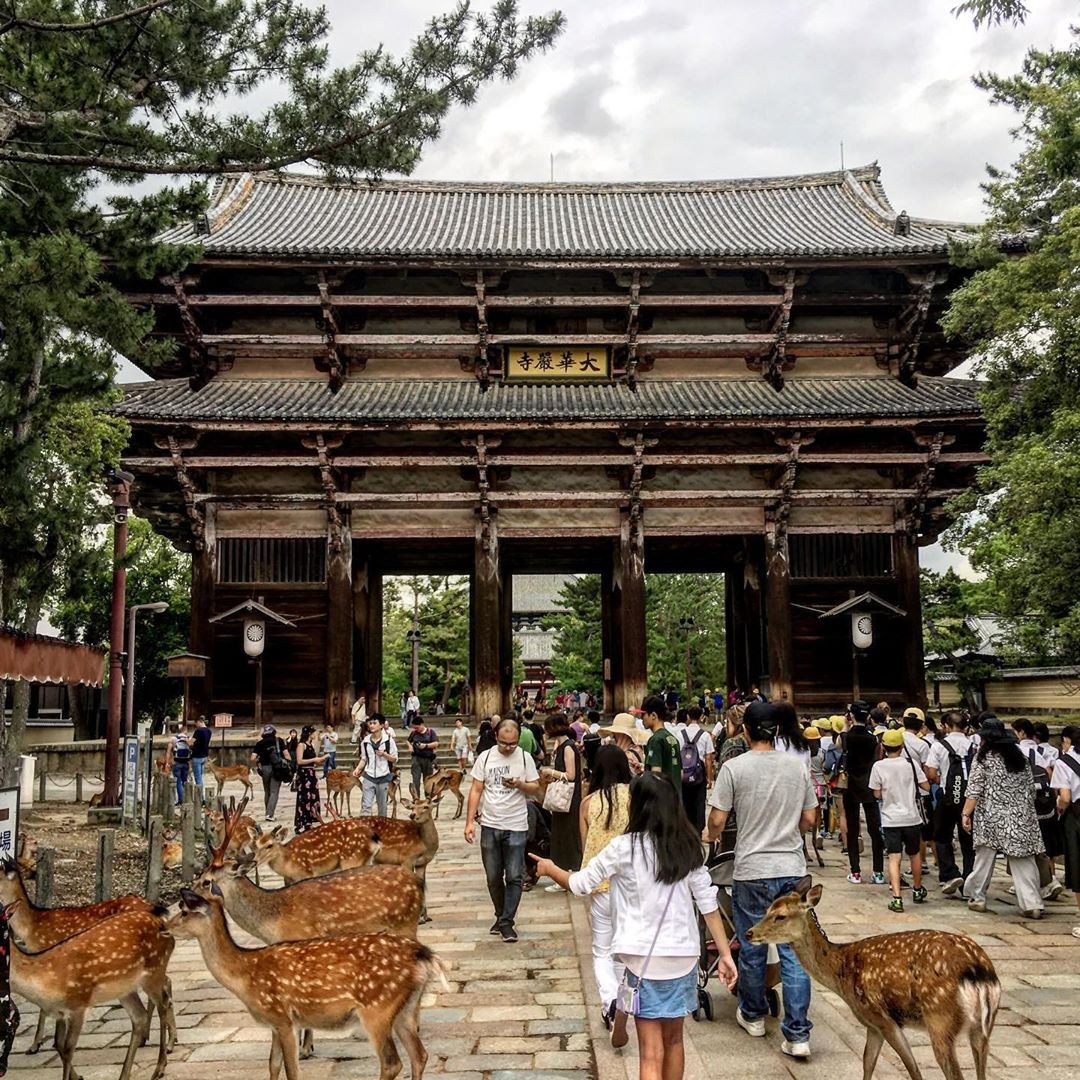
Todaiji Temple is an extremely famous Buddhist temple of Nara in particular and Japan in general. This place owns a typical architecture, bearing the traces of Japanese history. The entire Todaiji temple is built of wood, has a height of up to 20m and is firmly supported by 18 wooden pillars. Inside the pagoda, there is a statue of The Daibutsu (Great Buddha) weighing more than 550 tons, cast in black bronze.
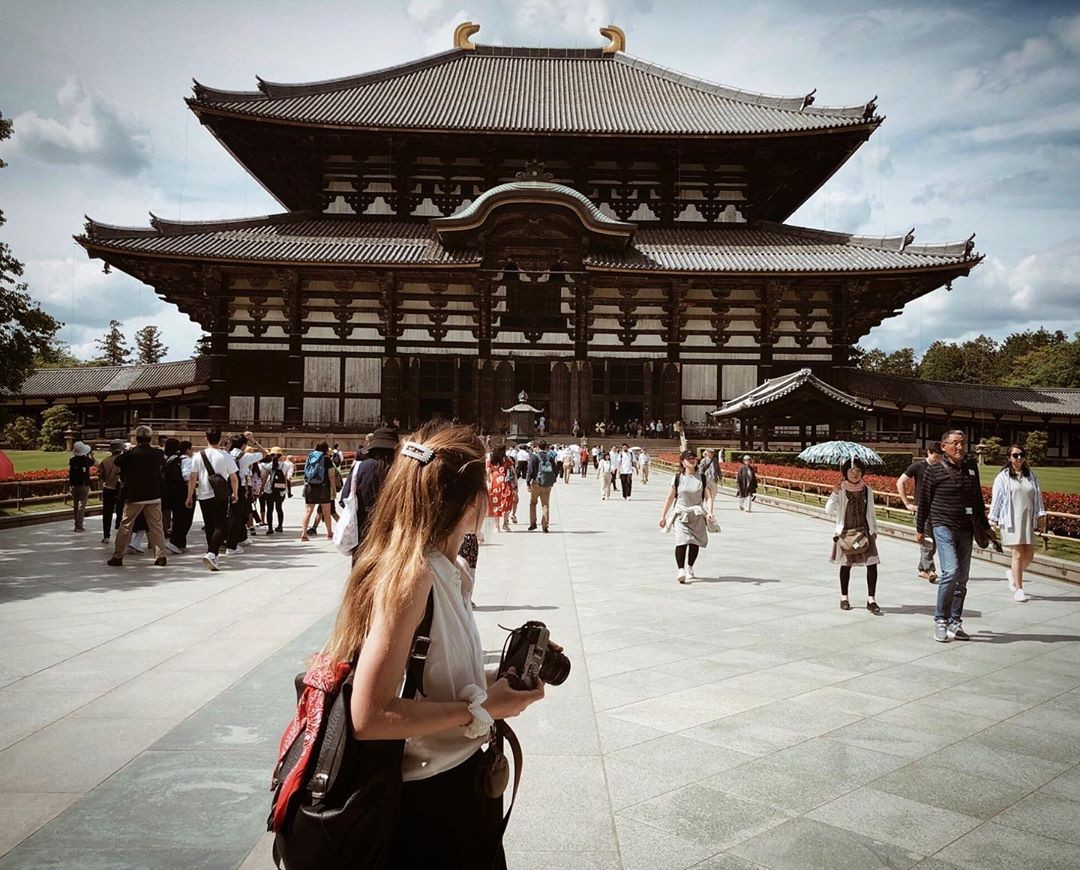
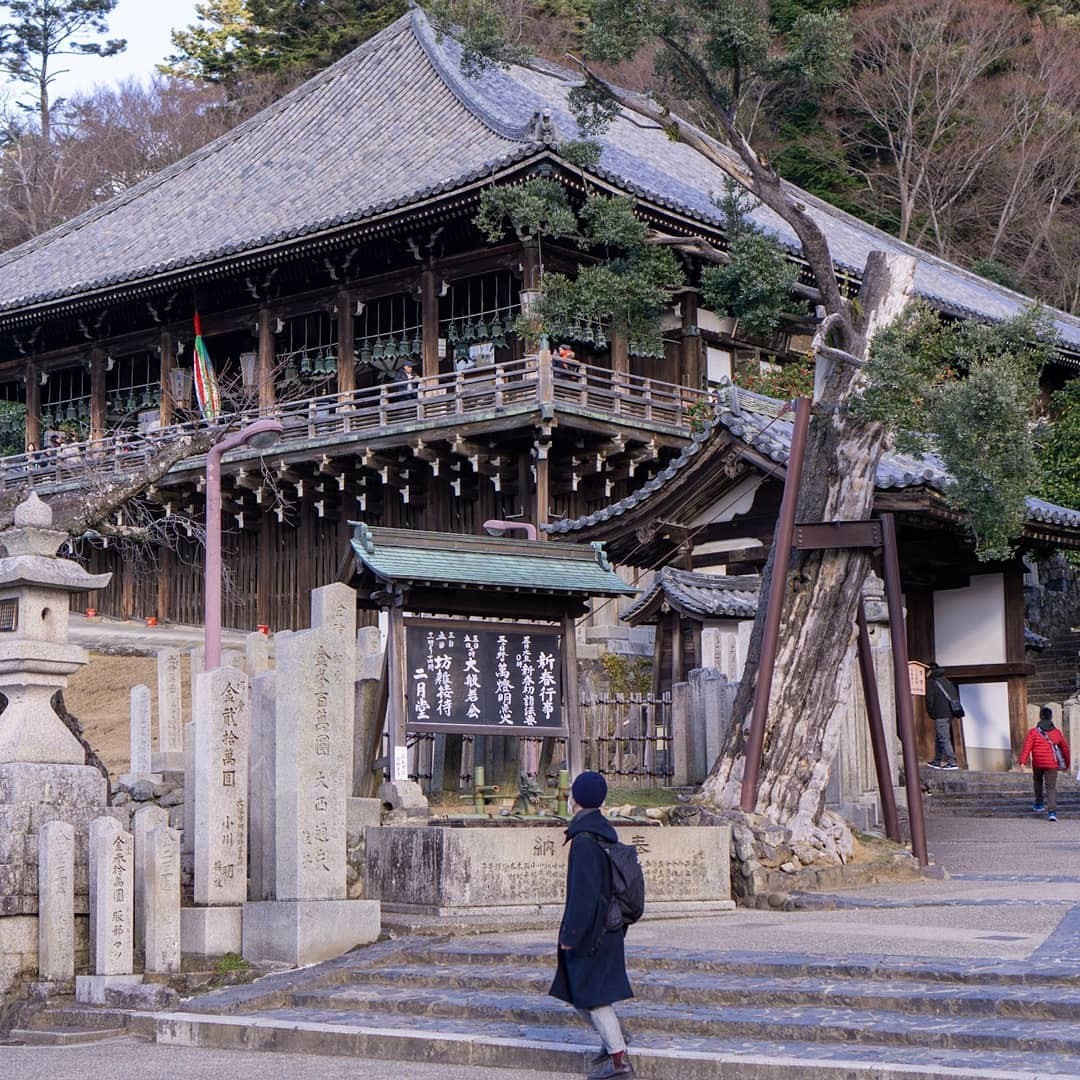
Todai Temple is the world’s largest wooden temple, built in 751. Coming to the temple, you will admire a giant black bronze Buddha statue with a height of up to 15 m, weighing 550 tons. In addition, Todaiji Temple is also a place to store precious artifacts and sophisticated art sculptures of Japanese artists.
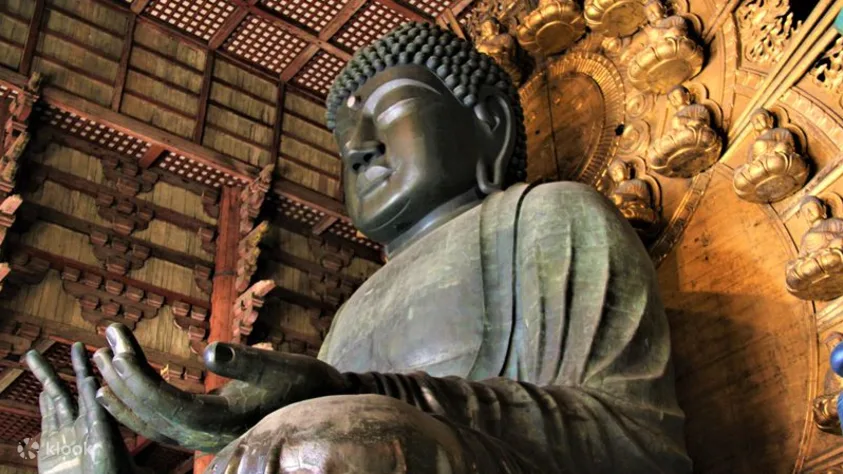
Isuien Garden
Address: 74 Suimoncho, Nara, 630-8208, Japan
Hours: 9:30 AM–4:30 PM/Tuesday: Closed
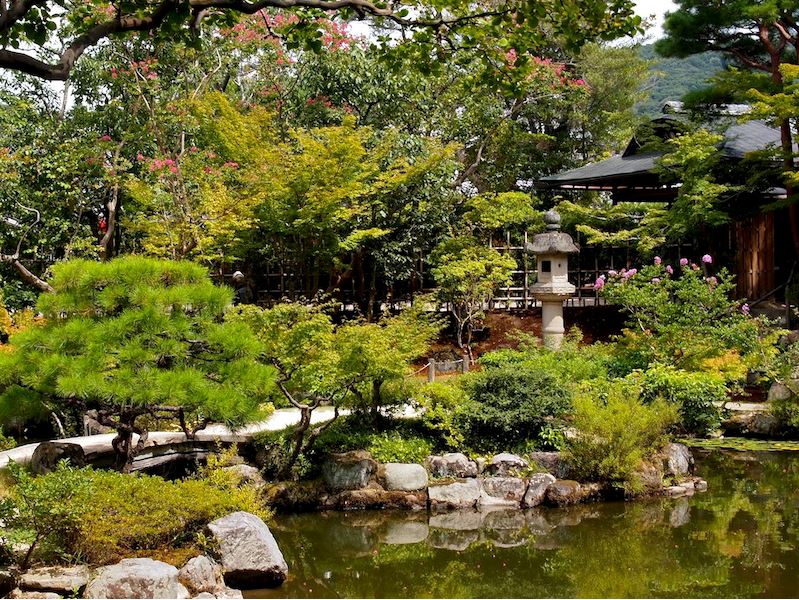
Isuien is a garden built in the 17th century with a picturesque landscape. From small streams, green trees to lantern-shaped stone pillars, all are meticulously cared for, bringing a peaceful and dreamy space. In particular, from Isuien Garden, visitors can zoom out to see the roof of Todaiji temple nearby and the dense forests behind Mount Wakakusa.
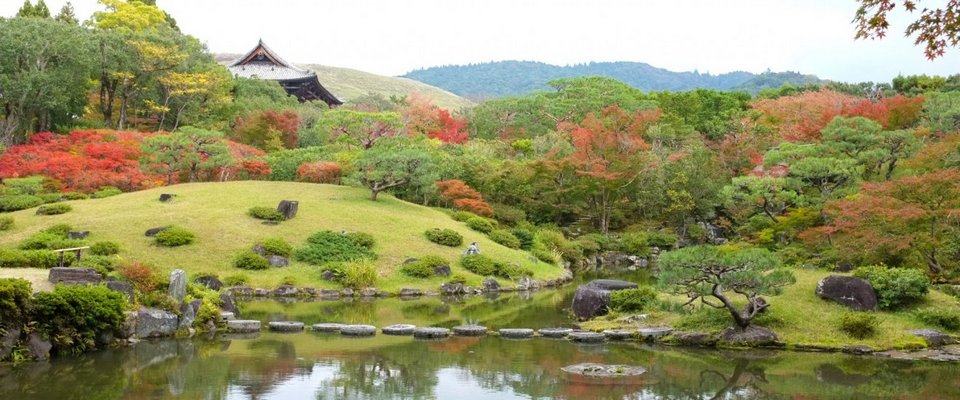

Nara Park (#nara japan travel blog)

Located in the northeast of the city, Nara Park is considered as one of the famous tourist attractions in Nara that attracts many domestic and foreign tourists to visit. With green grass fields and more than 1,500 deer living, it creates a wonderful natural scene.
The park is not only the symbol but also the most visited attraction in this city. The entire space of the park is covered with green grass fields, which is the common roof of more than 1,500 deer. In addition to enjoying the fresh and quiet atmosphere, visitors here also have the opportunity to play with the lovely baby deer.

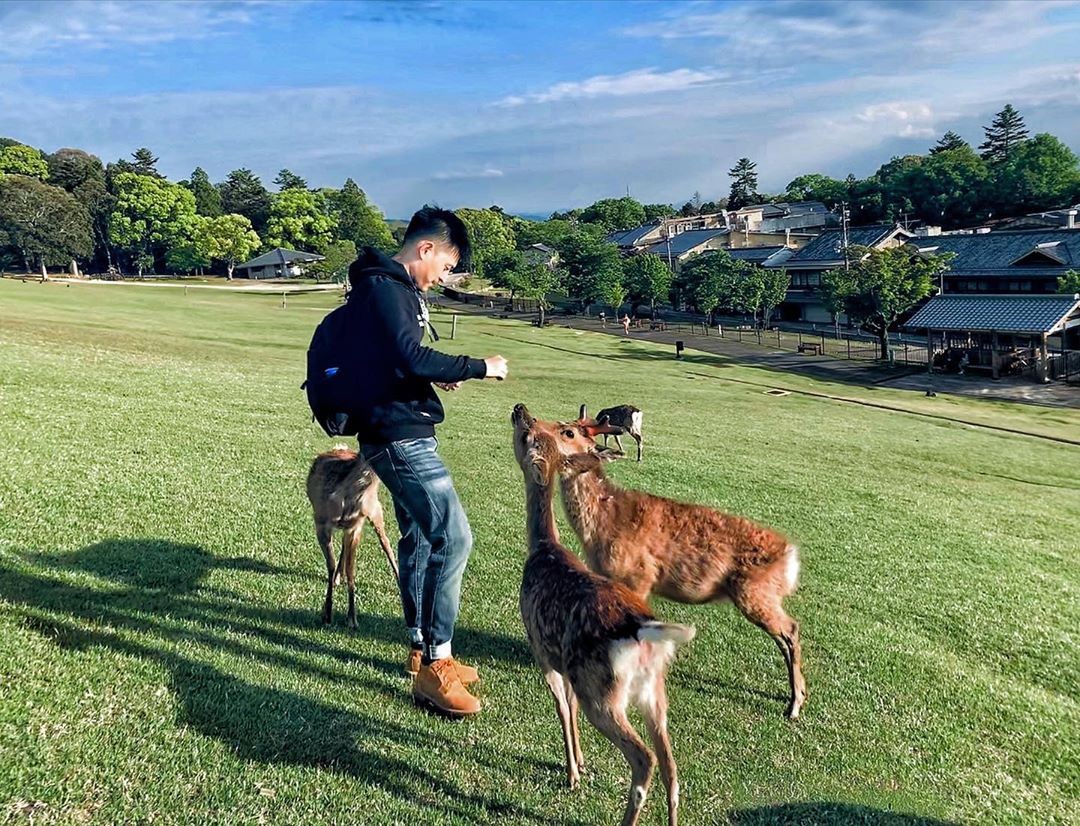
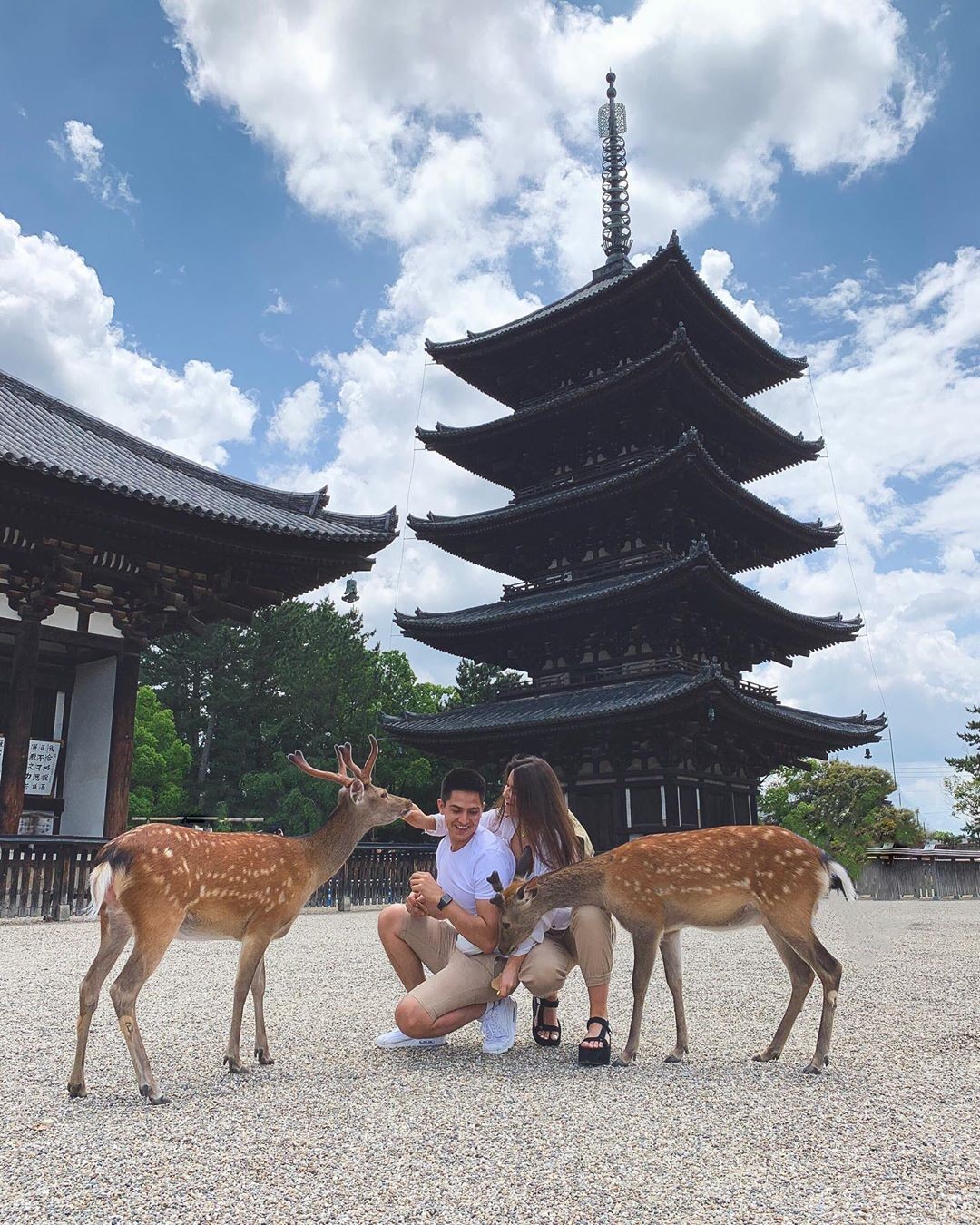
When coming here, in addition to enjoying the peaceful and quiet space of the park, visitors also have the opportunity to interact with the funny deer here by giving them food. Surely when you come here, you will have an unforgettable experience in the park.
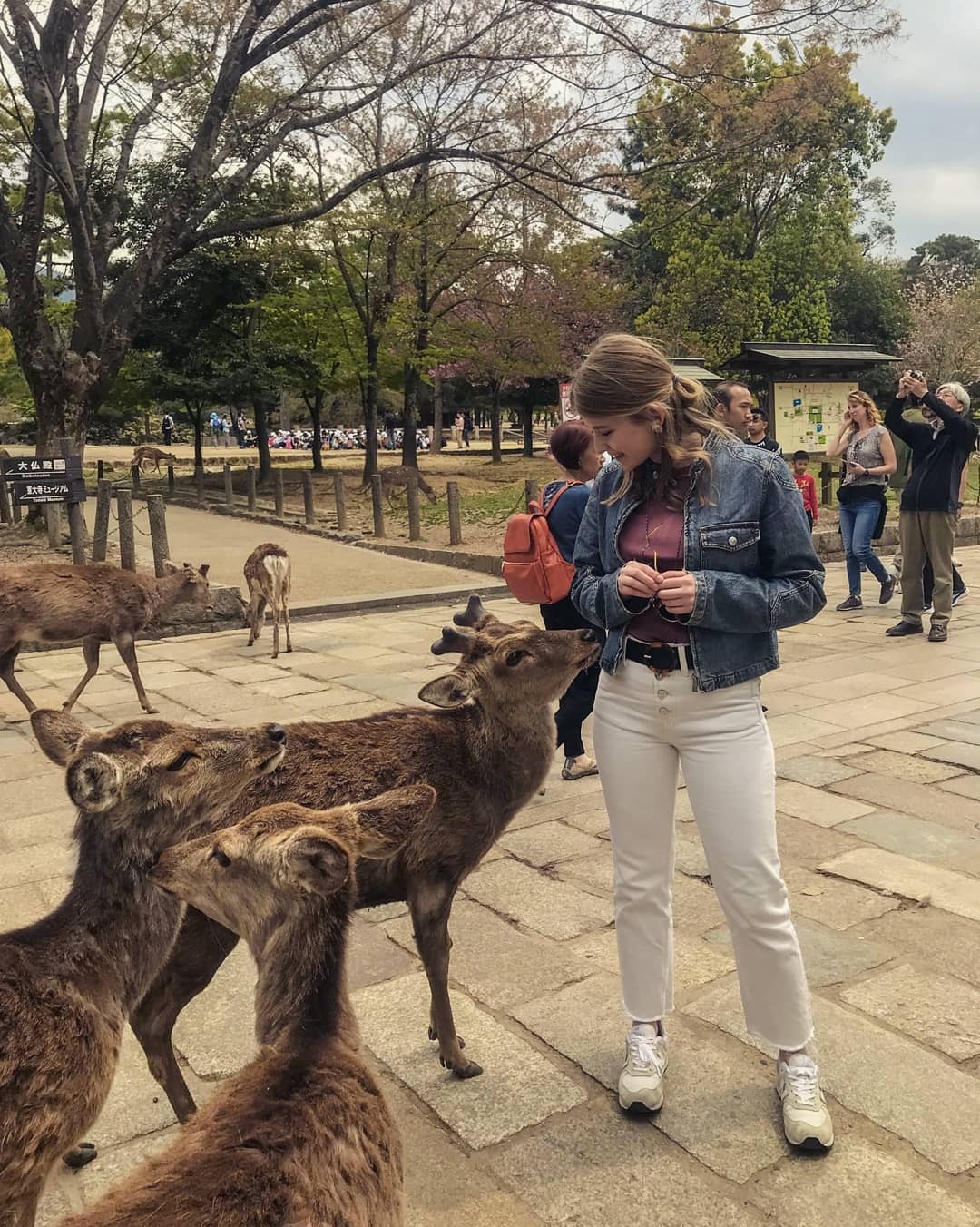
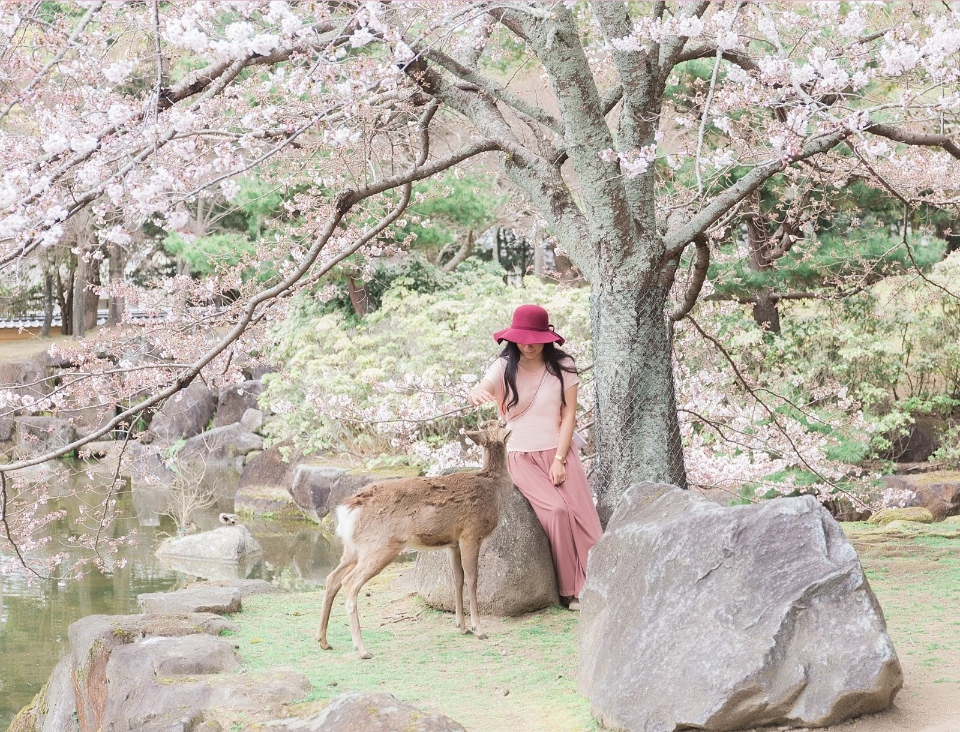
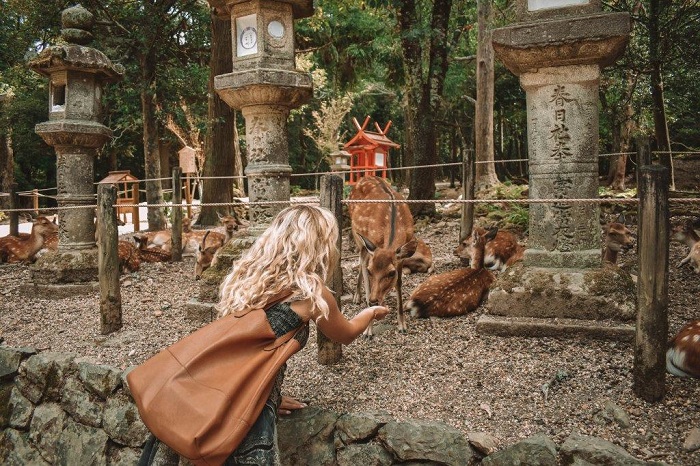
Nara National Museum
Address: 50 Noboriojicho, Nara, 630-8212, Japan
Hours: 9:30 AM–5 PM/Monday: Closed
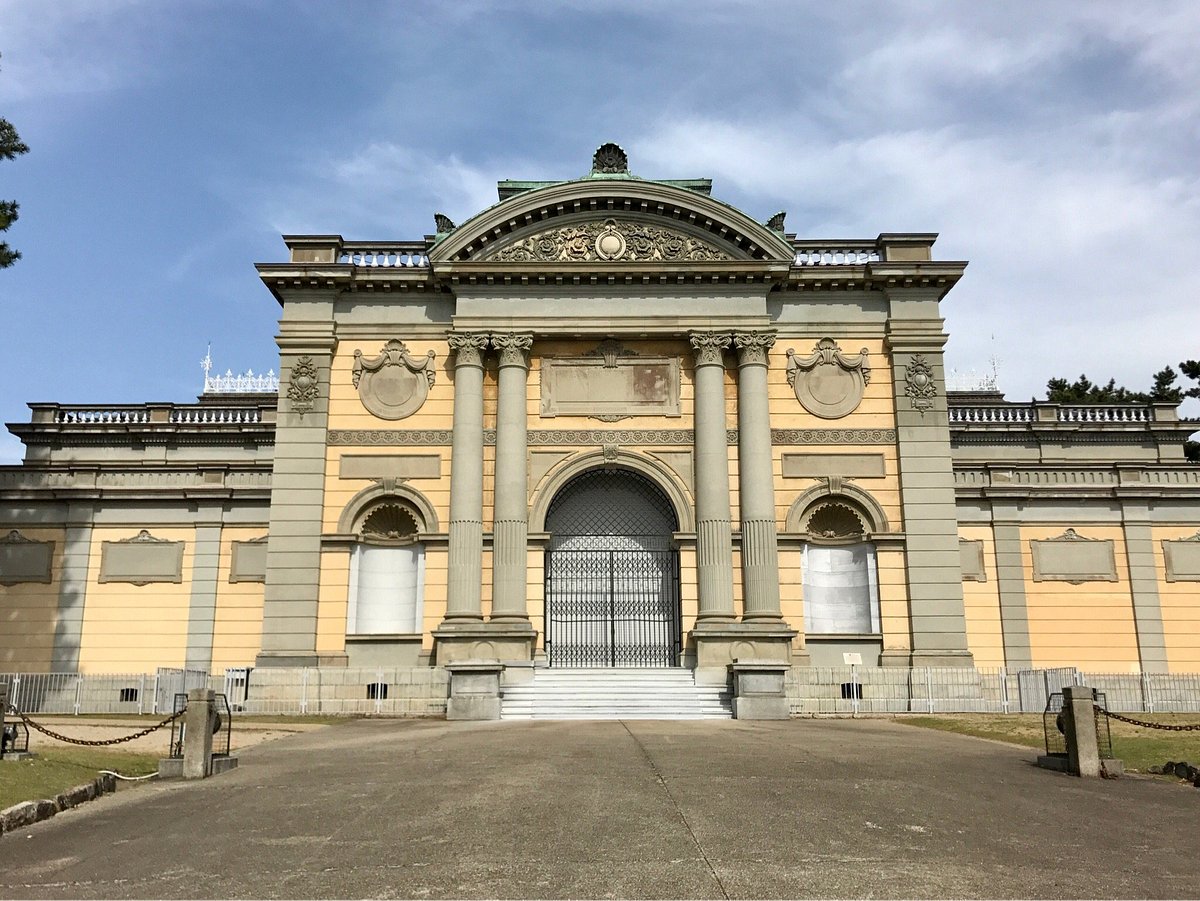
Nara National Museum focuses on preserving religious heritage. Inside preserve artifacts and ancient art documenting the development and practice of Buddhism in Japan. The building was designed by architect Katayama Tokuma, who is known for his style of applying French and European artistic influences to Japanese architecture. The museum is located a 15-minute walk from Kintetsu Nara Station and a 30-minute walk from Nara Station. Alternatively, you can catch buses from both stations. Then, get off at the Himuro shrine bus stop. You’ll see the National Museum on the right.
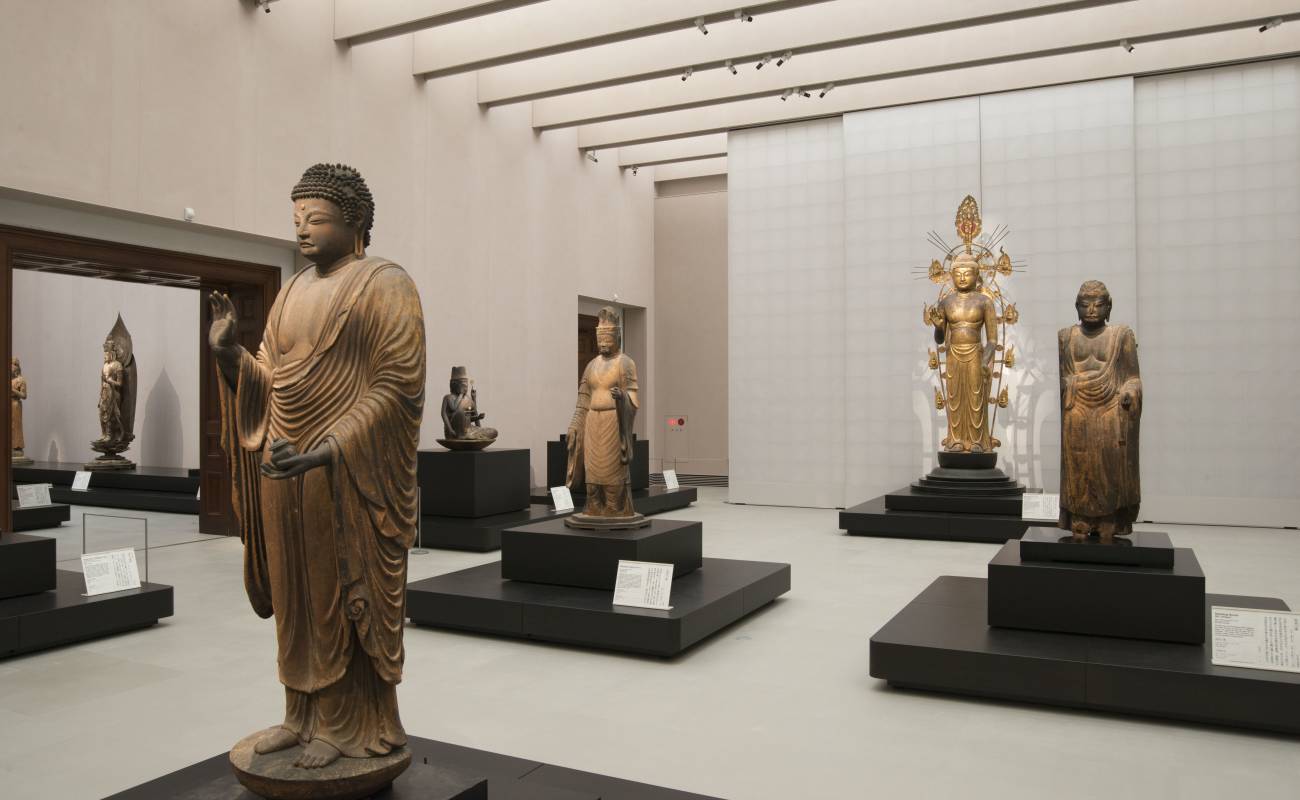
Mount Wakakusa
Mount Wakakusa is a mountain located in the western part of Kansai region. With an altitude of more than 342m above sea level, the top of Mount Wakakusa is considered the best place to see Nara from above.
One more thing if you come to Nara in the cherry blossom season, you must definitely go to the top of Wakakusa because this place is also the most beautiful cherry blossom viewing spot in Nara.
Kasuga-Taisha Shrine
Address: 160 Kasuganocho, Nara, 630-8212, Japan
Hours: 6 AM–6 PM
People often say: Happiness in a journey, not a destination. This is true of the Kasuga Taisha Shrine in Nara, where visitors can come to feel the magical atmosphere on the path leading up to the main hall. Kasuga Shrine is one of the famous Shinto shrines in Japan, built in 768. The shrine is located at the foot of the sacred mountain Mifuta – where Shinto prayers take place.

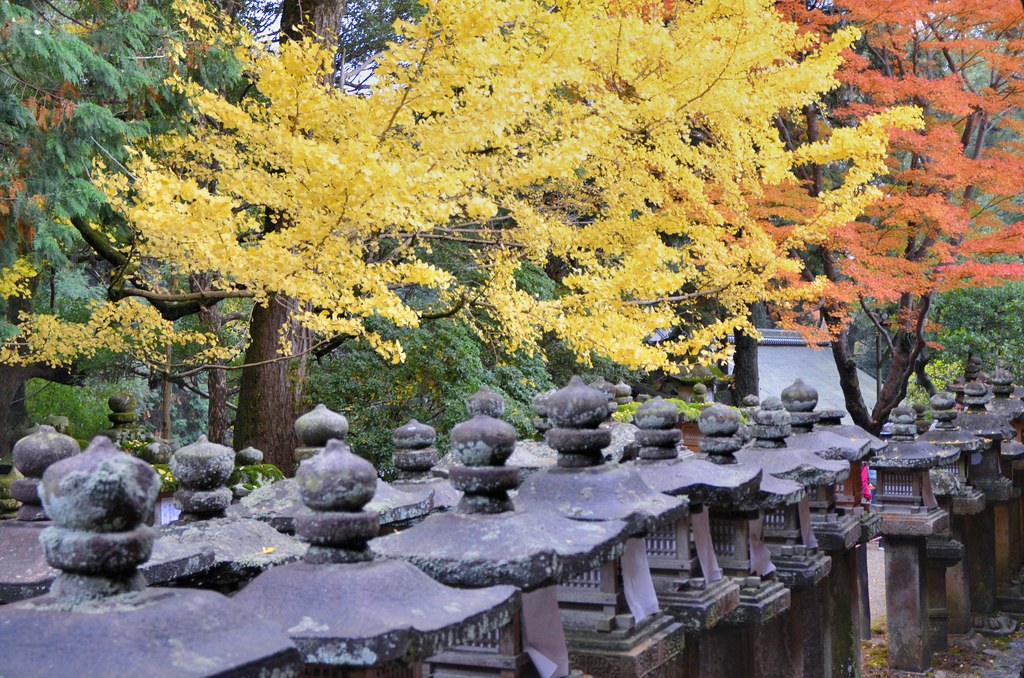
The temple is located prominently in the middle of the mountains and forests with its characteristic red paint, on both sides of the road leading to the temple are nearly 2,000 stone lampposts, creating a solemn and mysterious appearance. Currently, there are 4 buildings in Kasuga Shrine that have been classified as a National Property, 27 other buildings on the list of Important Cultural Properties.
This Kasuga Taisha temple is hidden behind the trees in the heart of Nara Park and is one of the most beautiful destinations in the ancient capital of Nara, Japan. Famous for the thousands of stone lampposts that line the paths leading to places of worship, Kasuga Taisha is like another world in Nara.
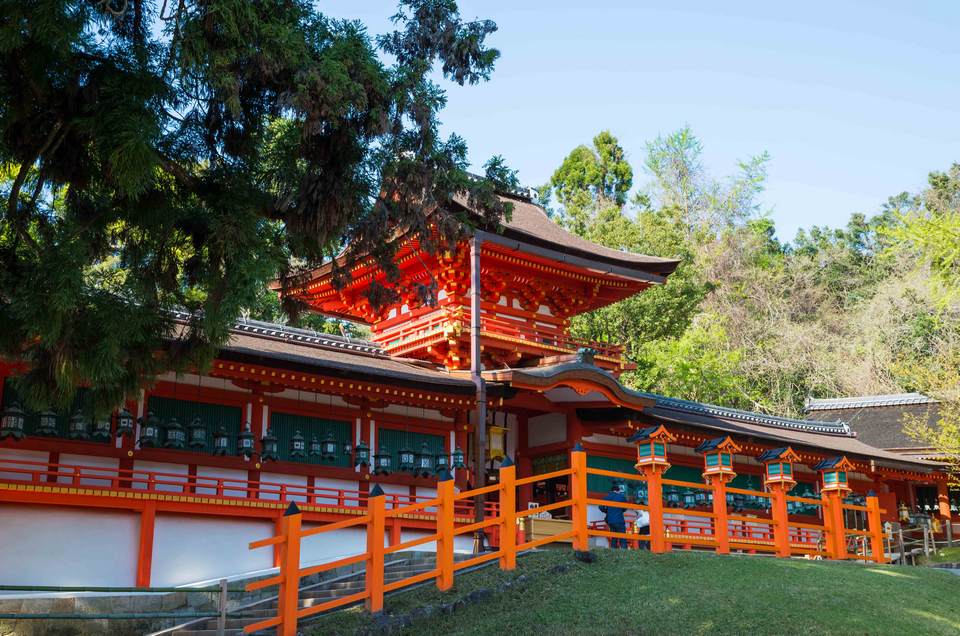
Kasuga Taisha owns a unique and unique architecture and decoration. In particular, the most impressive thing for tourists to visit is that the temple owns a lot of stone lanterns. Right from the main entrance to the main hall to every corner, lanterns appear everywhere. It is estimated that there are more than 3,000 colorful lanterns here.
Naramachi Street
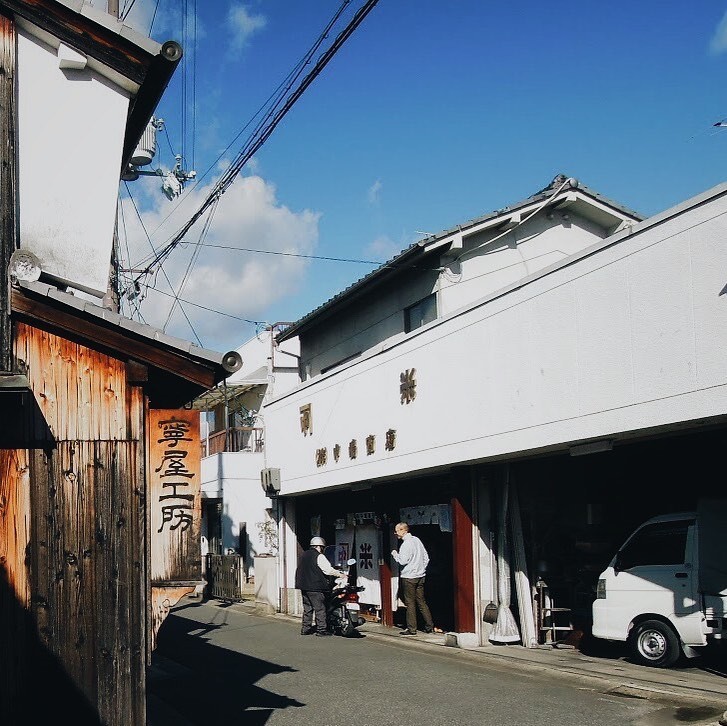
Traveling to Nara, do not forget to visit Naramachi neighborhood to see the ancient houses and learn about Japanese culture in the Edo period. This neighborhood was once inhabited by ancient merchants, many of the works here have been preserved or become museums for visitors. Besides, in Naramachi old town, there are many shops selling traditional souvenirs, which you can buy as gifts for friends and relatives.
Strolling on the streets of Naramachi – Nara town, you will feel like you are back in the days of Nara in the past. Small aisles interspersed with old houses have become cafes and restaurants serving tourists. However, these places are still in the style of Japan during the Edo period.
Kofukuji Temple
Address: 48 Noboriojicho, Nara, 630-8213, Japan
Hours: 9 AM–5 PM
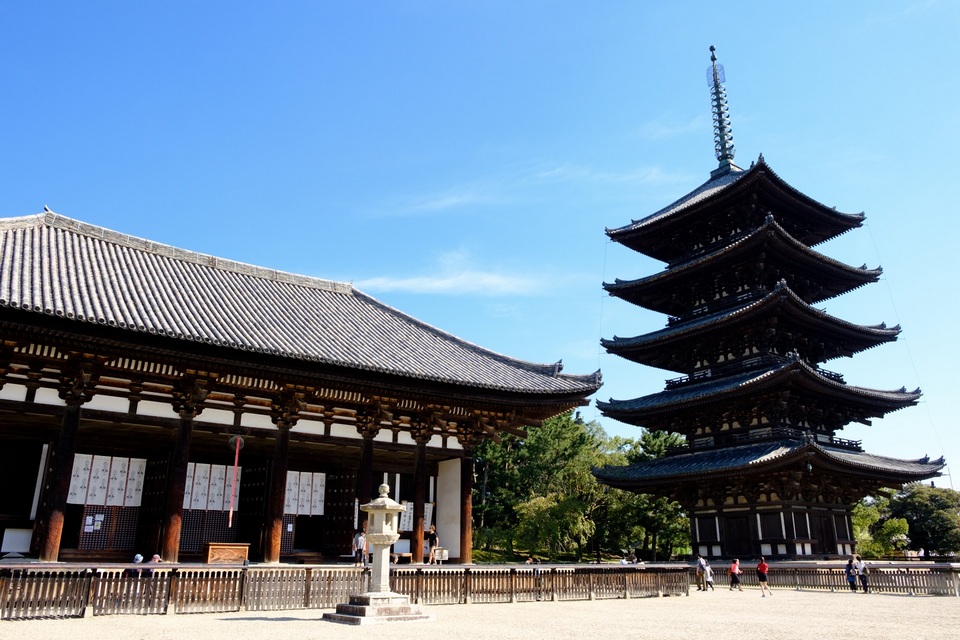
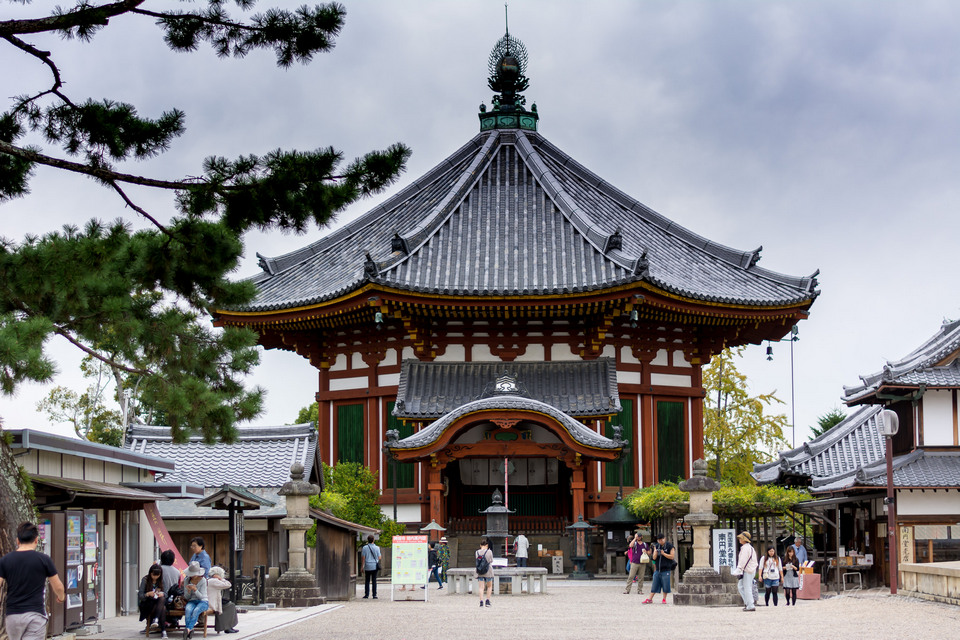
Kofukuji is a famous temple of the Fujiwara clan, built in 720. Kofukuji Temple has a unique architecture, and owns a total of 150 buildings. However, through the flow of time, now, this place only has a few buildings left.
Among those remaining buildings, the 5-storey temple with a height of more than 50m is considered one of the outstanding surviving structures here. Currently, this is one of the two oldest temples with the highest height in the country of cherry blossoms. Kofukuji is the 2nd largest temple in Japan. The complex of the pagoda is surrounded by 11 buildings, the most prominent of which is the Central Golden Hall of the temple.
Higashimuki Shopping Street
Higashimuki is the bustling and busiest street in the city, stretching nearly 250 meters. Along the street are stalls crowded with sellers and buyers, selling all kinds of goods. Here, you can find all kinds of goods you need, from souvenirs, crafts, kimonos to traditional Japanese sweets. In particular, in Higashimuki, there are Mafu-okai shops specializing in linen, 100 yen shops and many other food stalls.

Mount Yoshino
If you have the opportunity to travel to Nara, do not miss Mount Yoshino, this is one of the most interesting and interesting attractions in Nara. Especially when coming here in April, you will see hundreds of cherry blossom trees blooming on both sides of the mountain creating a colorful natural scene. Therefore, when you come here, do not forget to take your camera to take great pictures to save as a memory when you come here.
What to eat in Nara?
Enjoying local cuisine is one of the experiences not to be missed when arriving in a new land. Nara is no exception, it is famous for countless delicious and unique dishes.
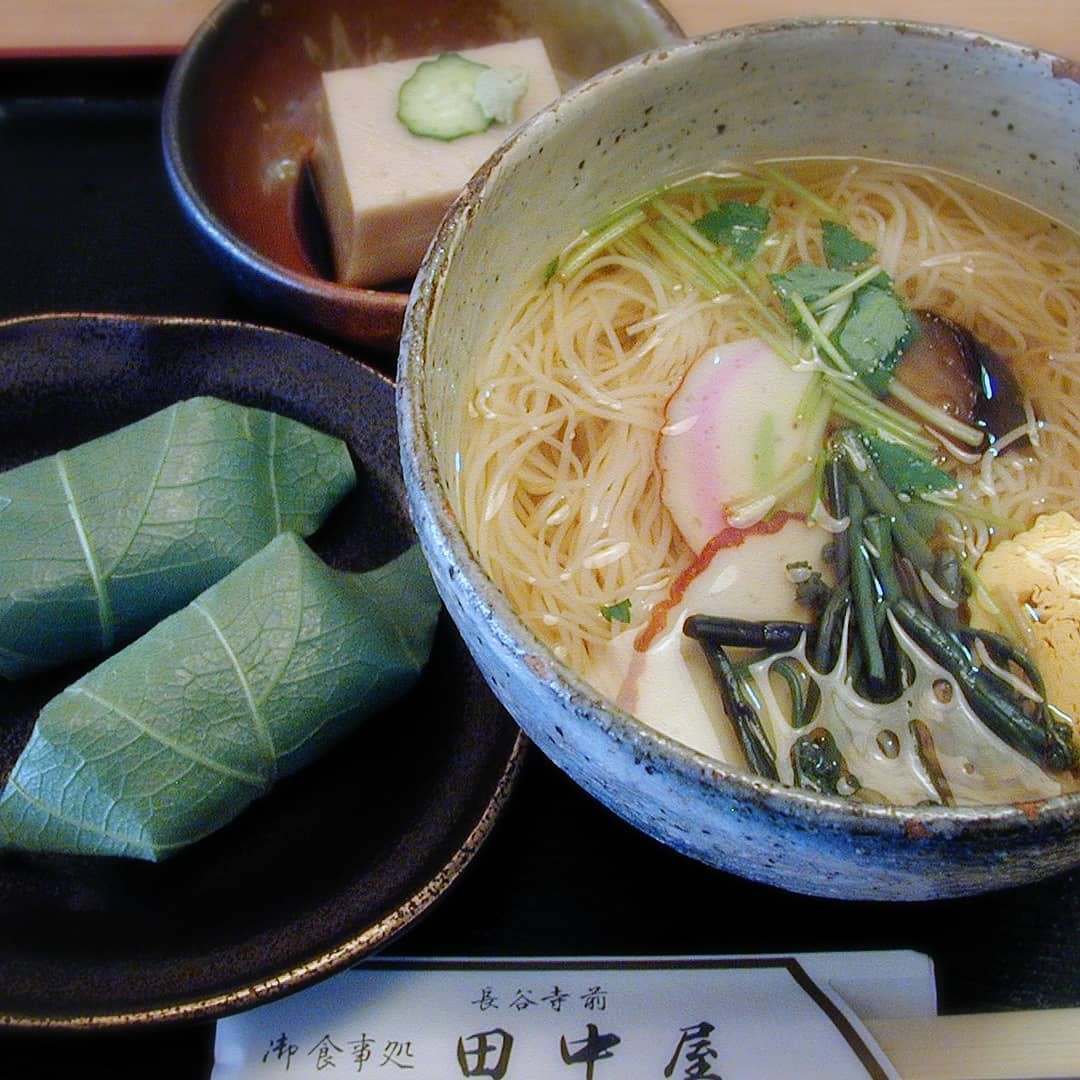
Japanese cuisine is always rated as rich, delicious and “beautiful” to the eye. Coming to Nara, you should not miss the typical dishes such as Mochi, Sake, Narazuke (a traditional Nara-style pickled cucumber), Kakinoha sushi (Kakinoha sushi is wrapped outside a layer of persimmon leaves and is said to represent the symbol of 3 elements ocean, earth and mountains).
Mochi
Mochi or Japanese rice cake is a dish that you must try every time you come to the land of the rising sun. In the city center, there are many shops selling Mochi cakes, easily recognized by the long lines of people waiting in line. The mochi here has a very special taste thanks to the delicious red bean paste and the traditional standard recipe.
The crust is cleverly made from finely pounded glutinous rice, the outside is sprinkled with peanuts and crushed rock sugar. Inside the cake is a very delicious and nutritious red bean paste.
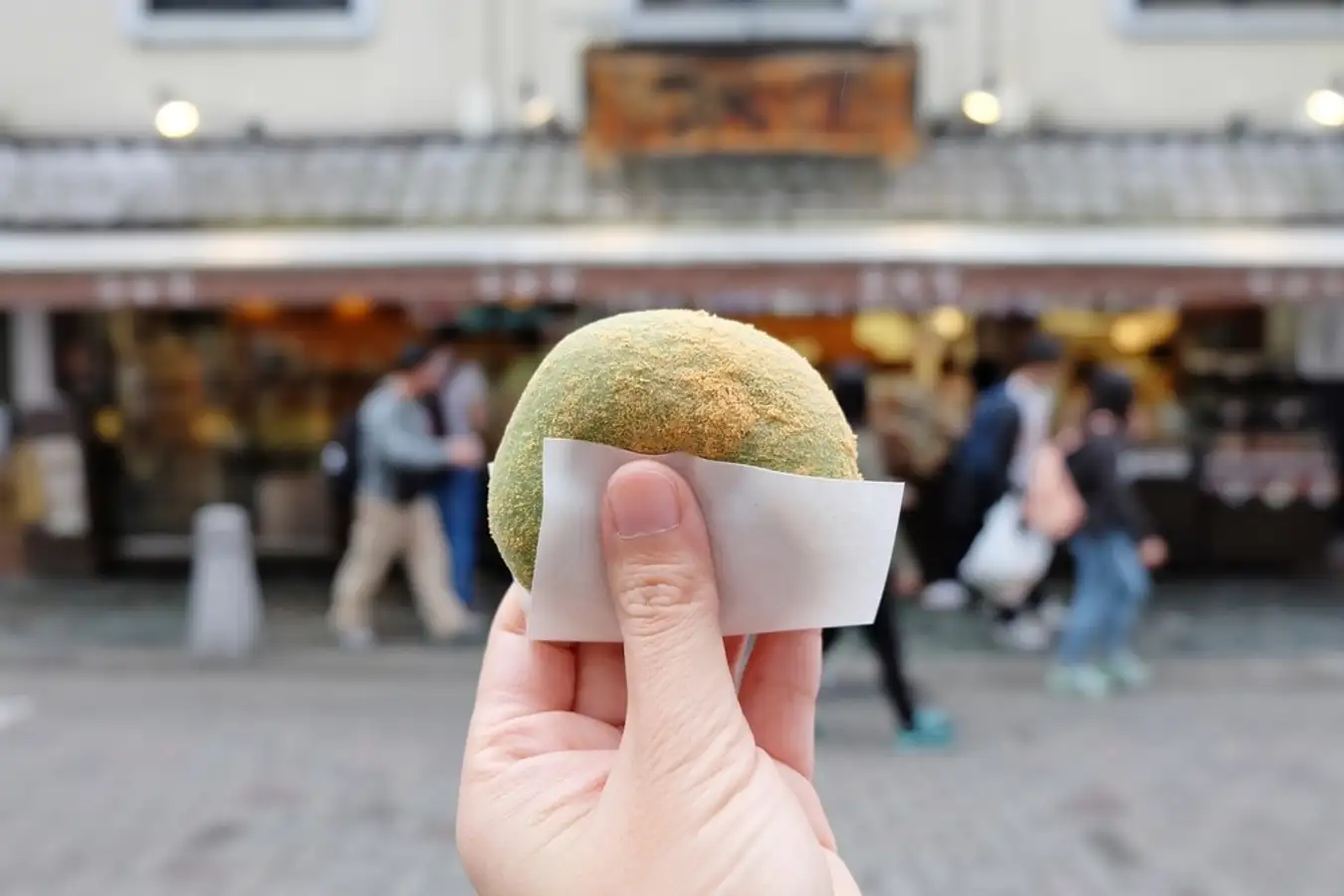
Ramen
Ramen is the next delicacy you must try on your Japan exploration. There are many types of ramen noodles, the most popular being Miso, Tsukemen and Tonkotsu. Noodles are divided into 3 types: fresh noodles, dry noodles and instant noodles, combined with Tare (Shio, Miso, Shoyu) and Dashi stock (beef bone, pork bone, fish bone …) for an irresistible delicious taste.
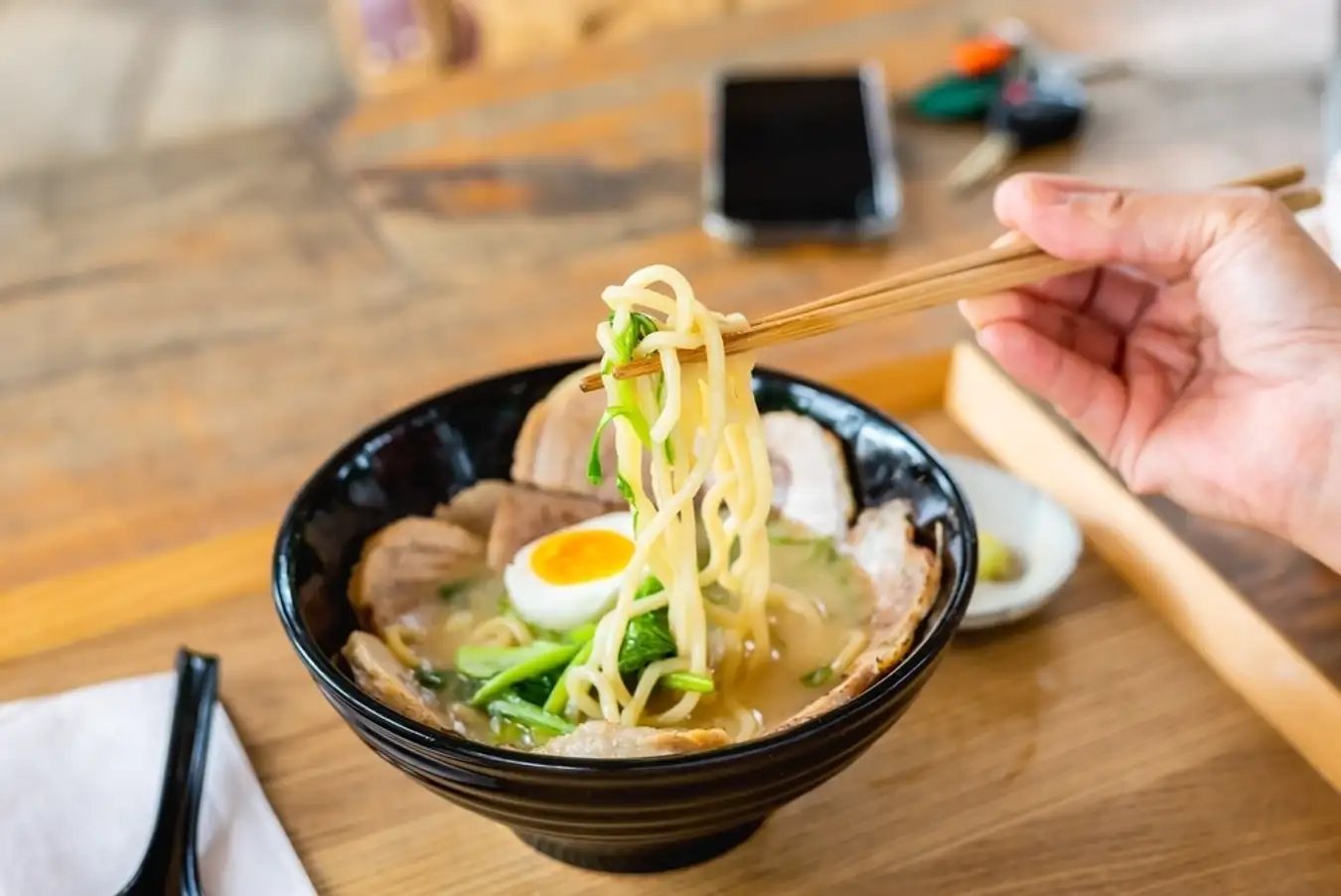
Kkakinoha Zushi (Persimmon Leaf Sushi)
Persimmon leaf sushi roll is a dish that you cannot miss in your food tour of Nara. The ingredients to make this dish are fresh fish, usually salmon, mackerel or sea bream, combined with persimmon leaves to bring a unique flavor.
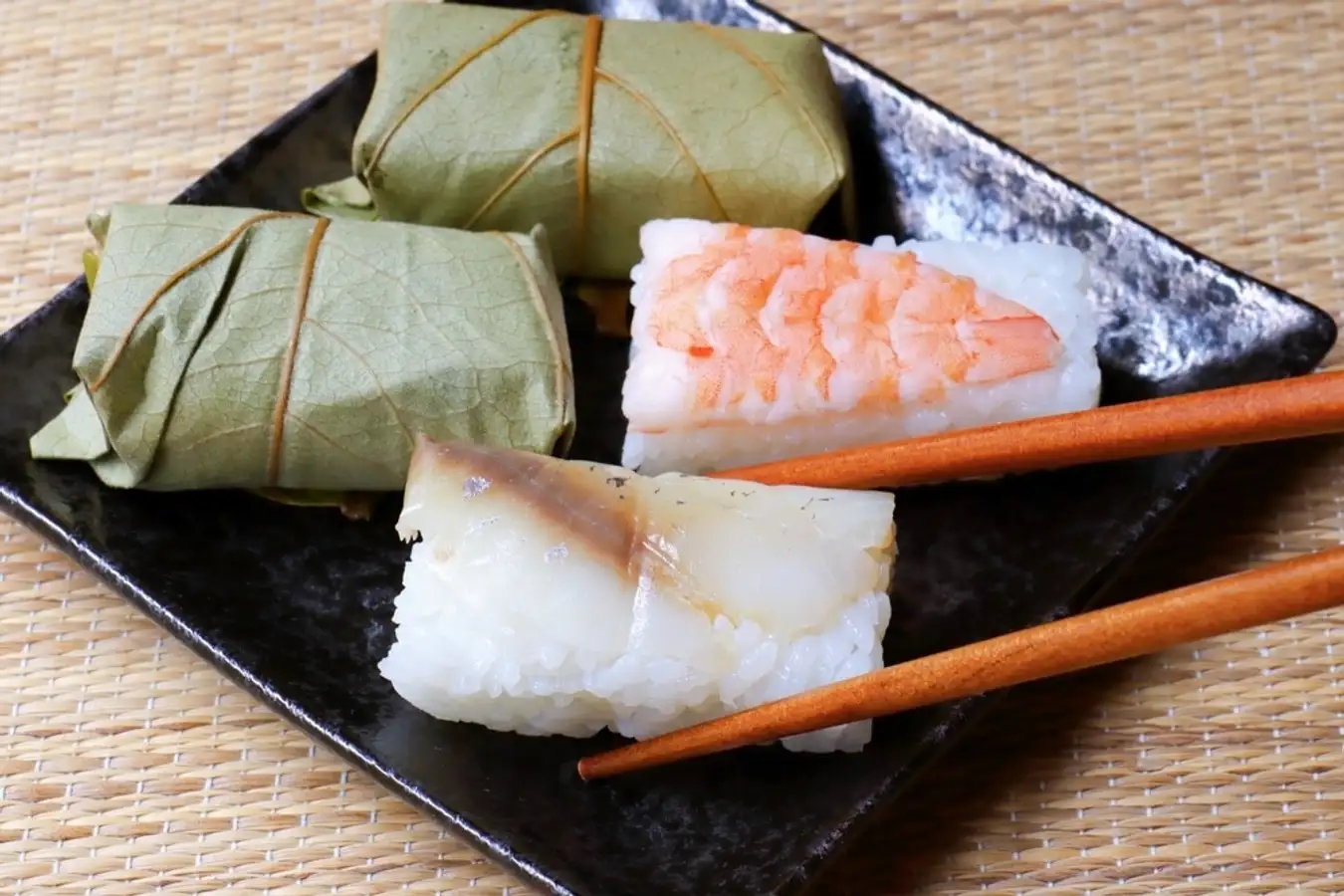
Senbei
Senbei is a rice cracker originating from China, especially loved by Japanese people. The main ingredients of the dish are only rice flour and sugar, which through the skillful hands of the chef has made a special gift. Today, to add flavor to senbei, people also add additional ingredients such as butter, eggs or chocolate.
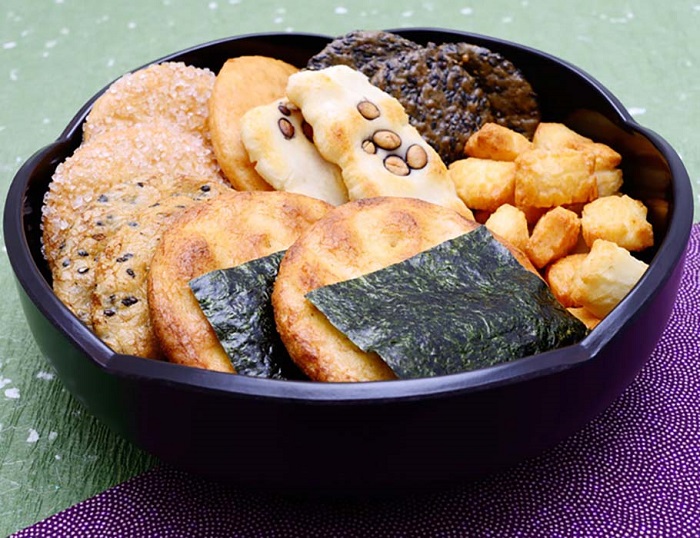
Somen noodles
Somen noodles look quite similar to traditional Japanese dishes such as soba, ramen… When enjoying, Somen noodles give diners a cool feeling and quite special taste.
As a place to preserve the traditional cultural values of Japan, Nara is an attractive destination for those who love to explore. A beautiful land with many interesting experiences is waiting for you, let’s go or miss it!
Some best day tours, trips, activities and transfer services, tickets in, from and to Nara you can refer to
- Arashiyama & Nara Todai-ji Day Tour from Osaka
- Nara park, Todaiji Temple & Mt. Yoshino One Day Tour from Osaka
- Nara Half Day Bus Tour from Kyoto
- Asuka Strawberry Picking Park & Mount Yoshino Day Tour from Osaka
- Ikaruga Pagodas Tour with Buggy in Nara
- One of the best cherry blossom viewing spots that has continued since the Heian period
- “Hitome Senbon” Mt. Yoshino day tour (from Osaka)
- The 7 Great Temples of Ancient Nara Day Tour
- Tsukumo Michelin Starred Kaiseki in Nara
- Nara City, Todaiji, Kasuga Taisha, & Kofukuji Half Day Tour
- Yoshino Senbonzakura & Asuka Village One Day Bus Tour from Nagoya
- Arashiyama, Kinkakuji, Nara Park Day Tour from Osaka/Kyoto
- Arashiyama & Nara Todai-ji Day Tour from Osaka
- Kyoto and Nara Golden Route 1 Day Bus Tour from Osaka and Kyoto
- Kyoto and Nara Day Tour from Osaka/Kyoto
- Kyoto and Nara Day Tour from Kyoto
- Kyoto, Nara & Arashiyama Day Tour from Osaka (Without Lunch)
- 7 Day JR Kansai Hokuriku Area Pass
- JR West Kansai Pass (1, 2, 3 or 4 Days)
- JR Haruka Airport Express – Kansai Airport to/from Kyoto/Osaka/Shin-Osaka/Tennoji/Nara/Kobe (One Way)
- Kintetsu Rail Pass (1, 2, 5 or 5 Days Plus)
Read more Japan guide here.
































